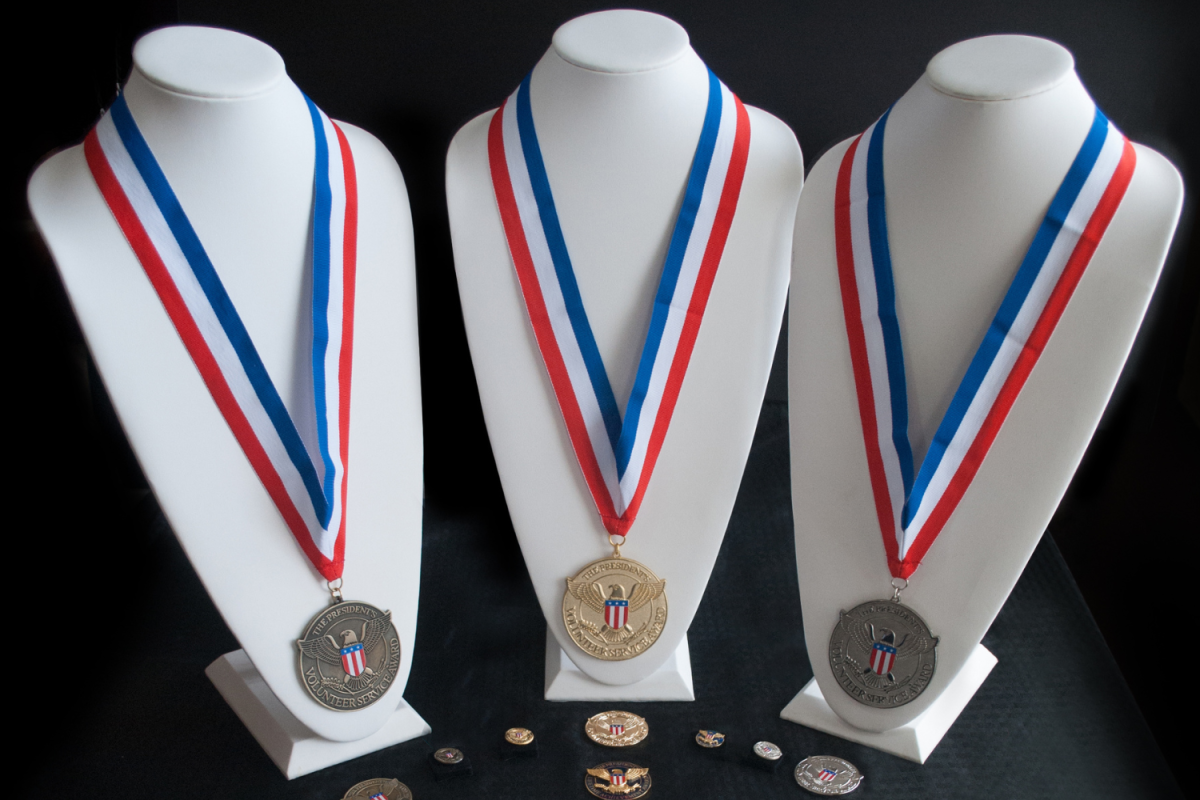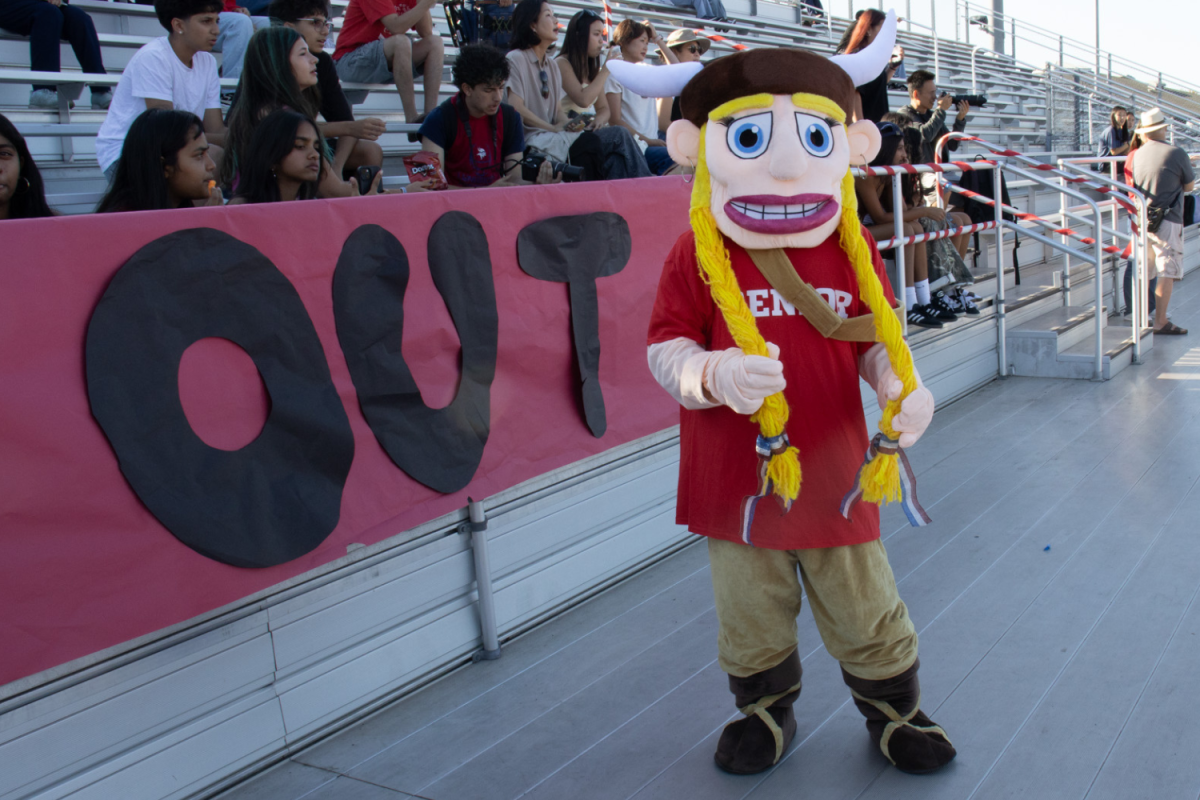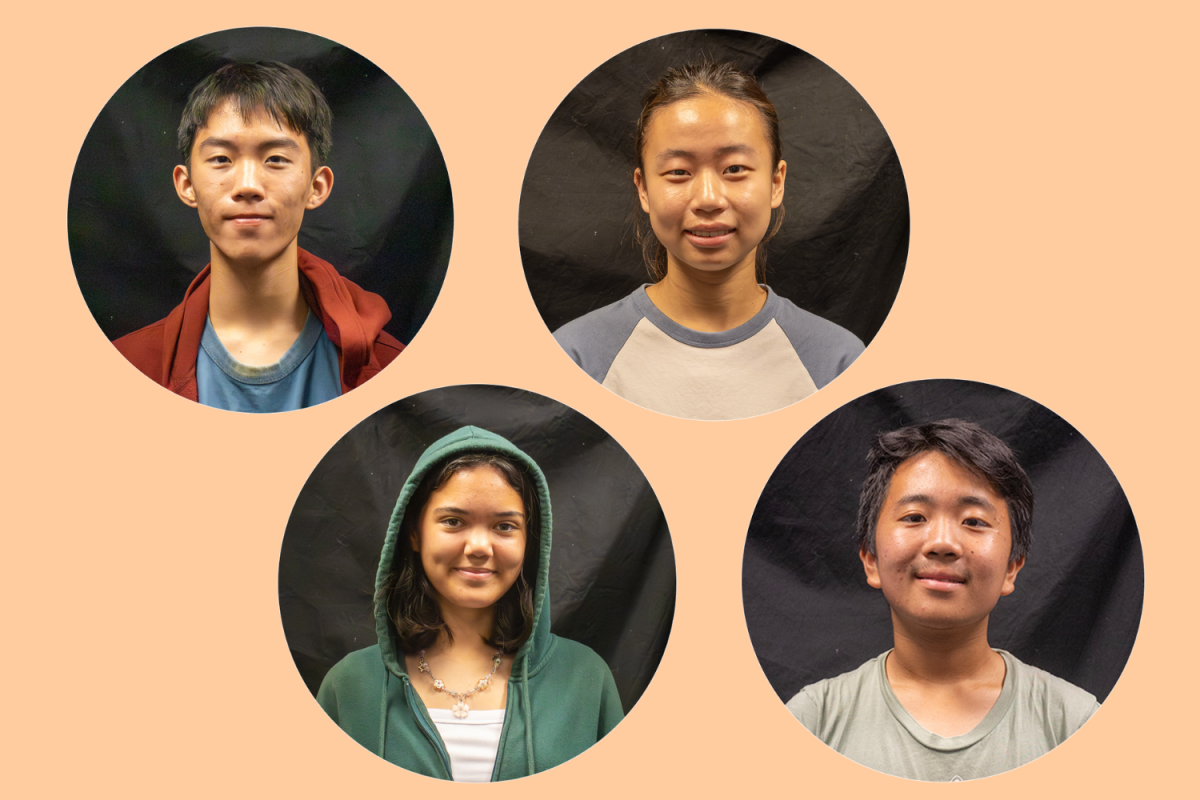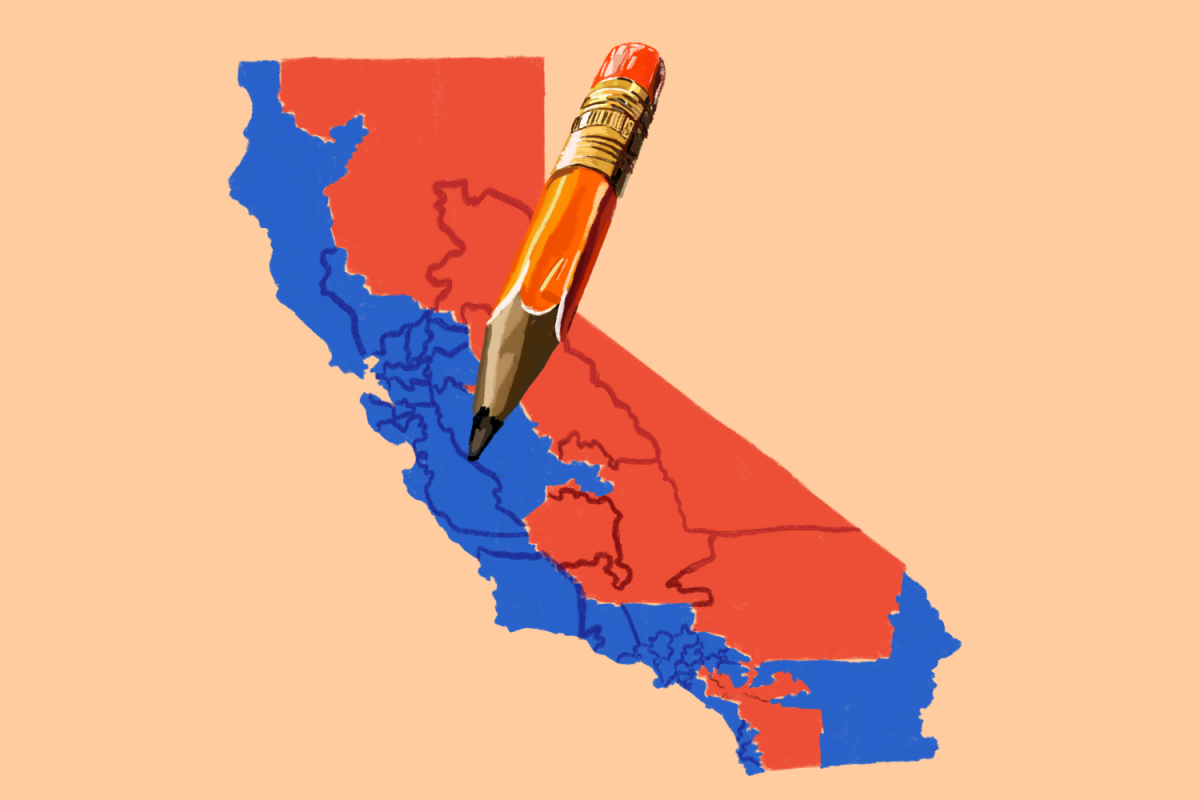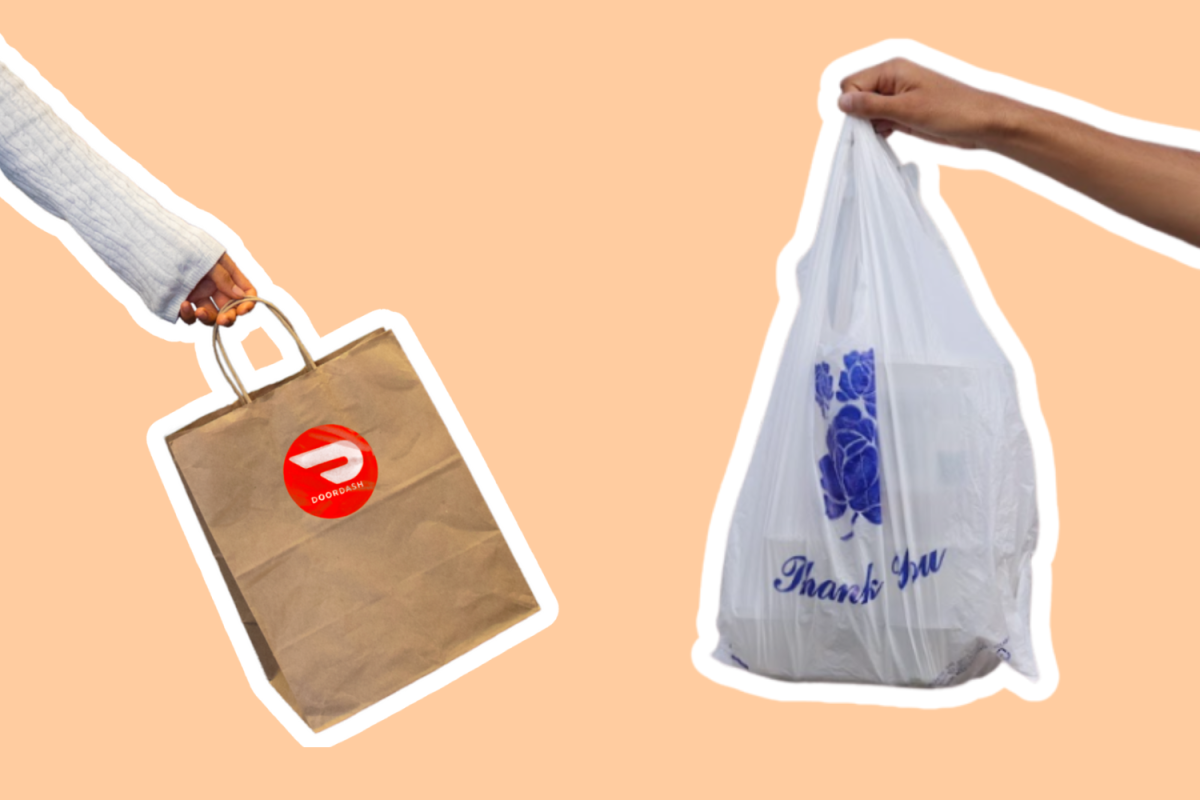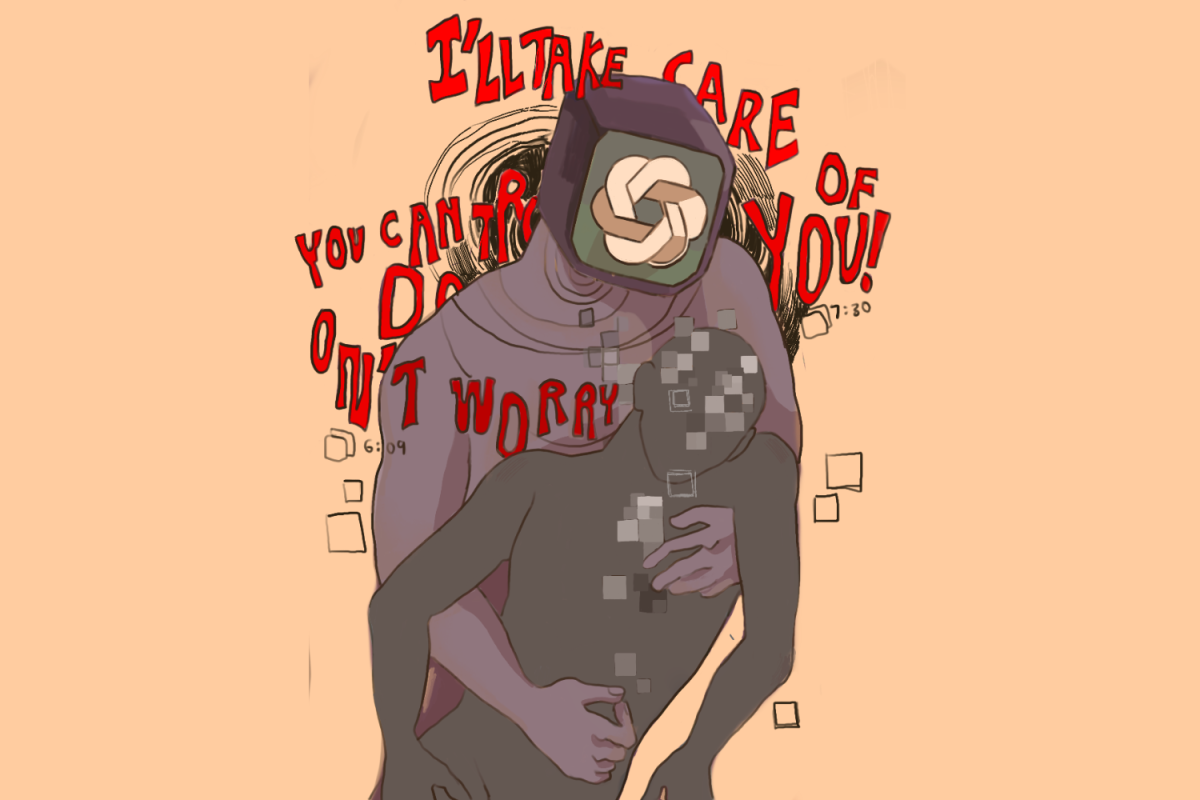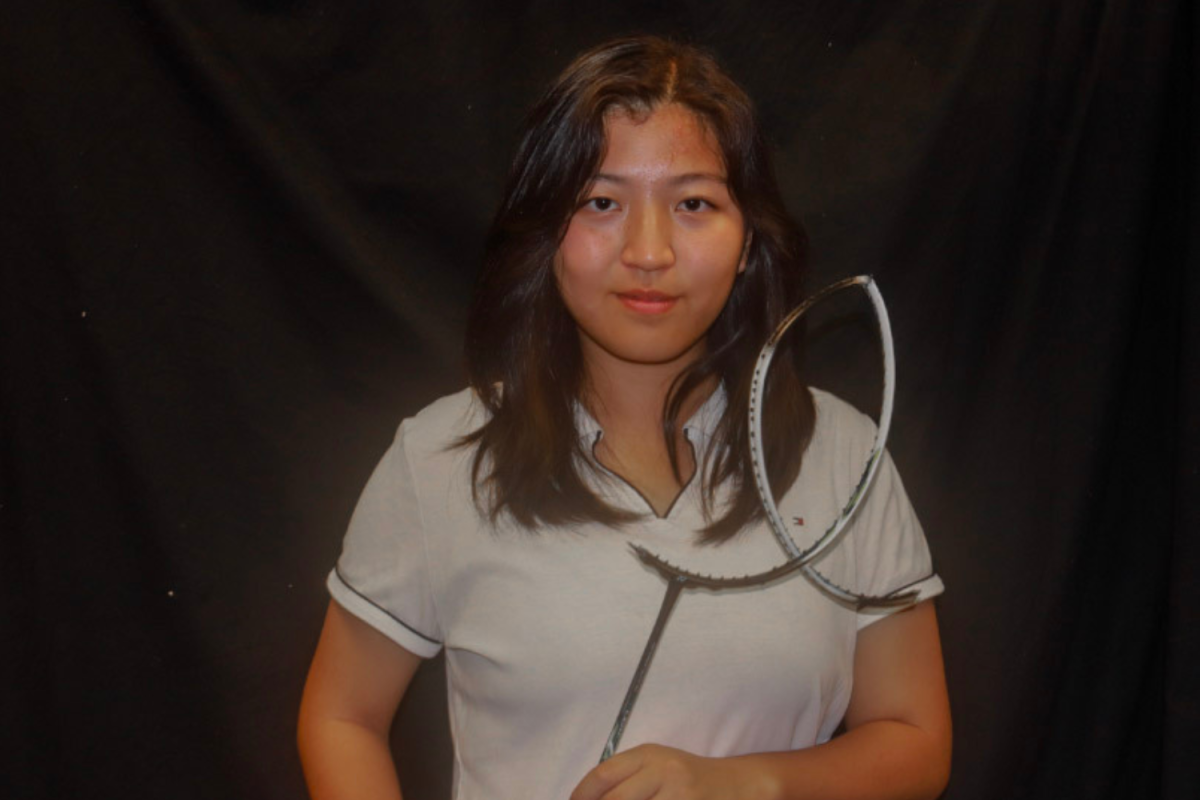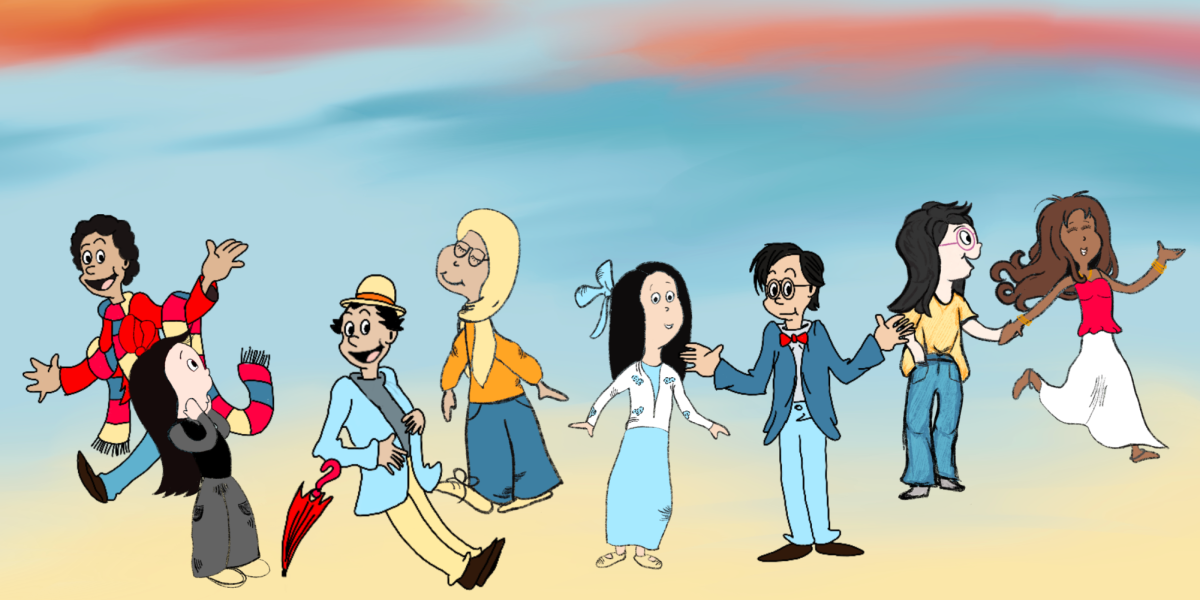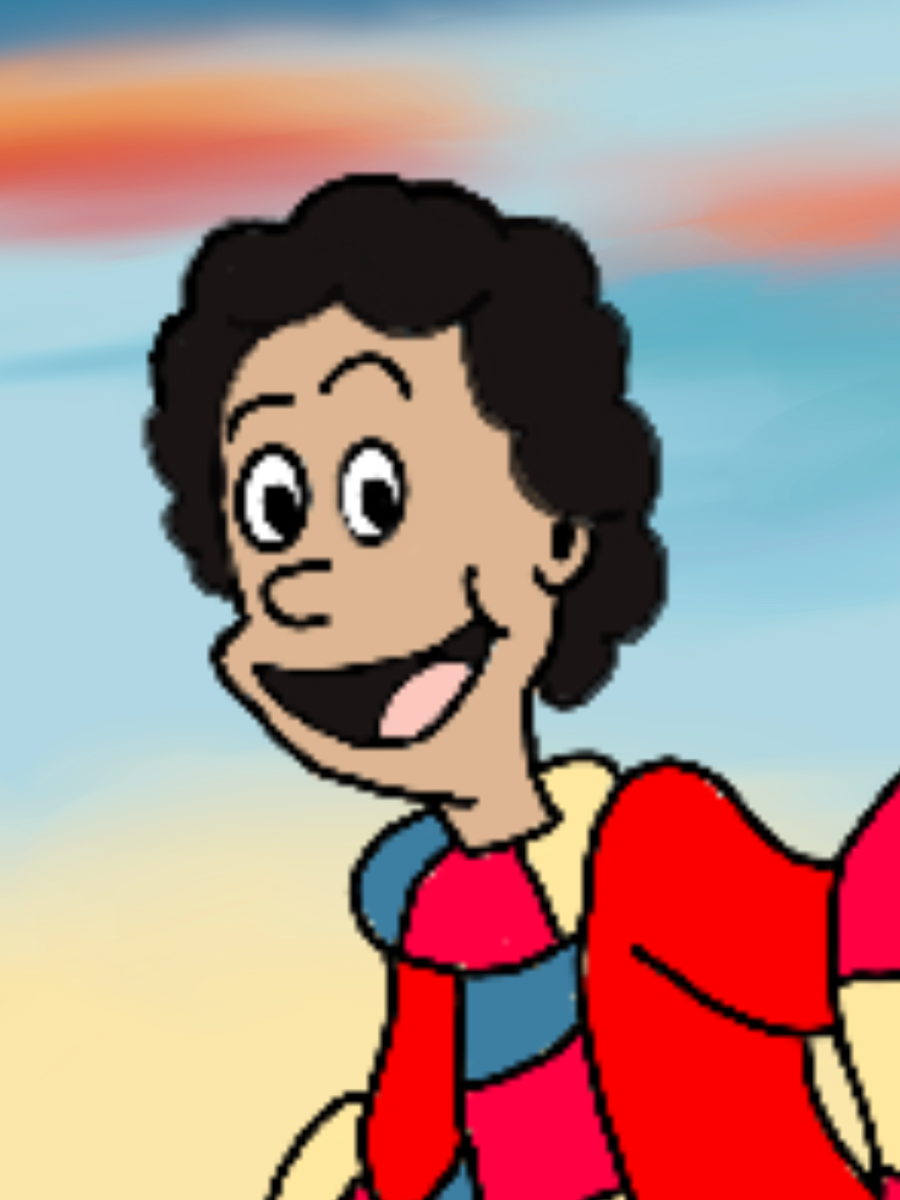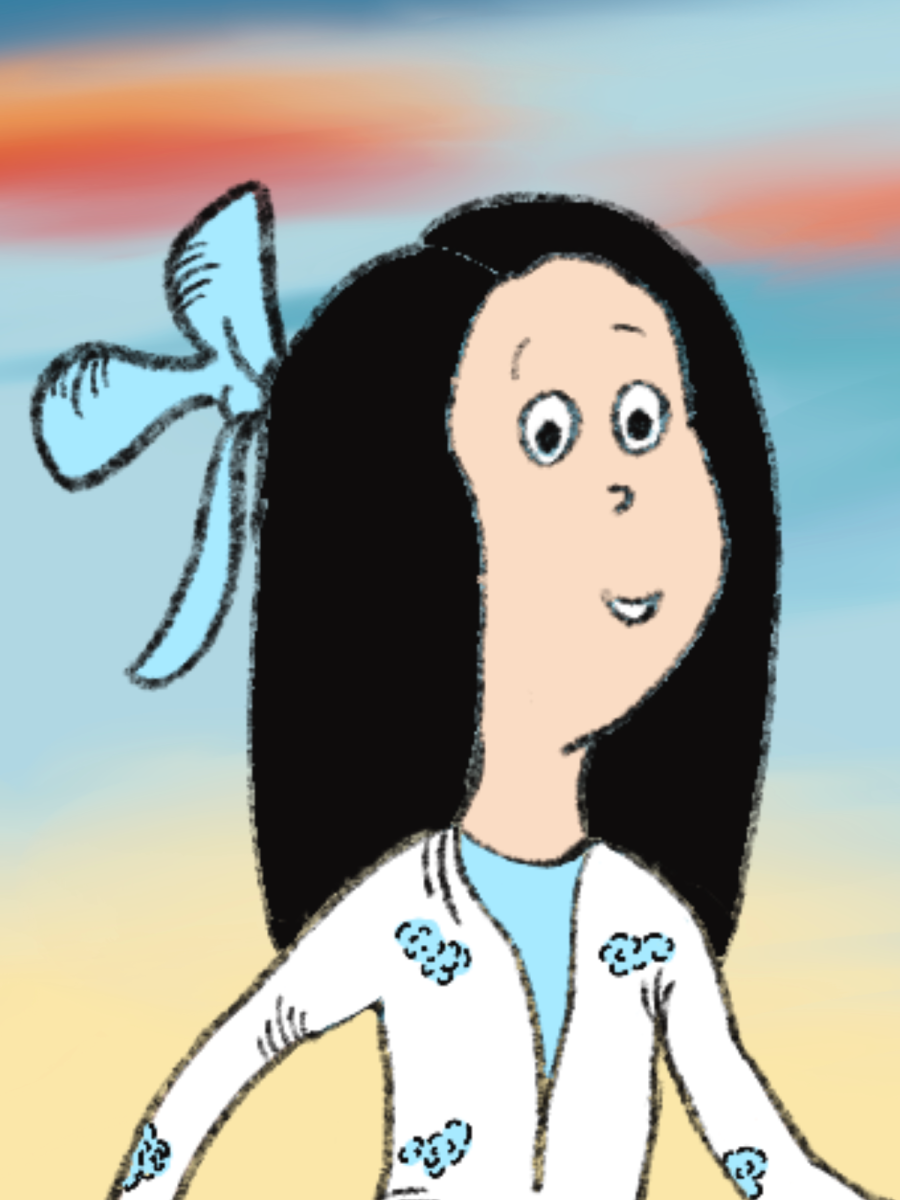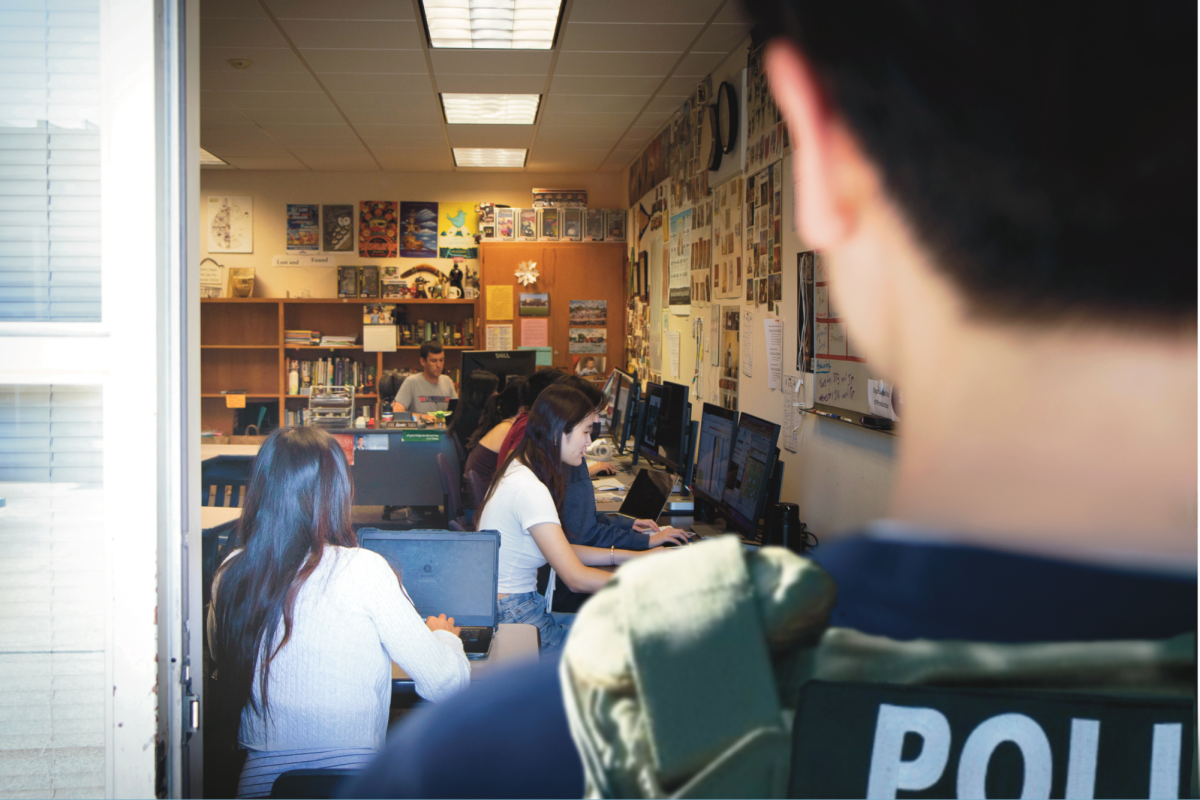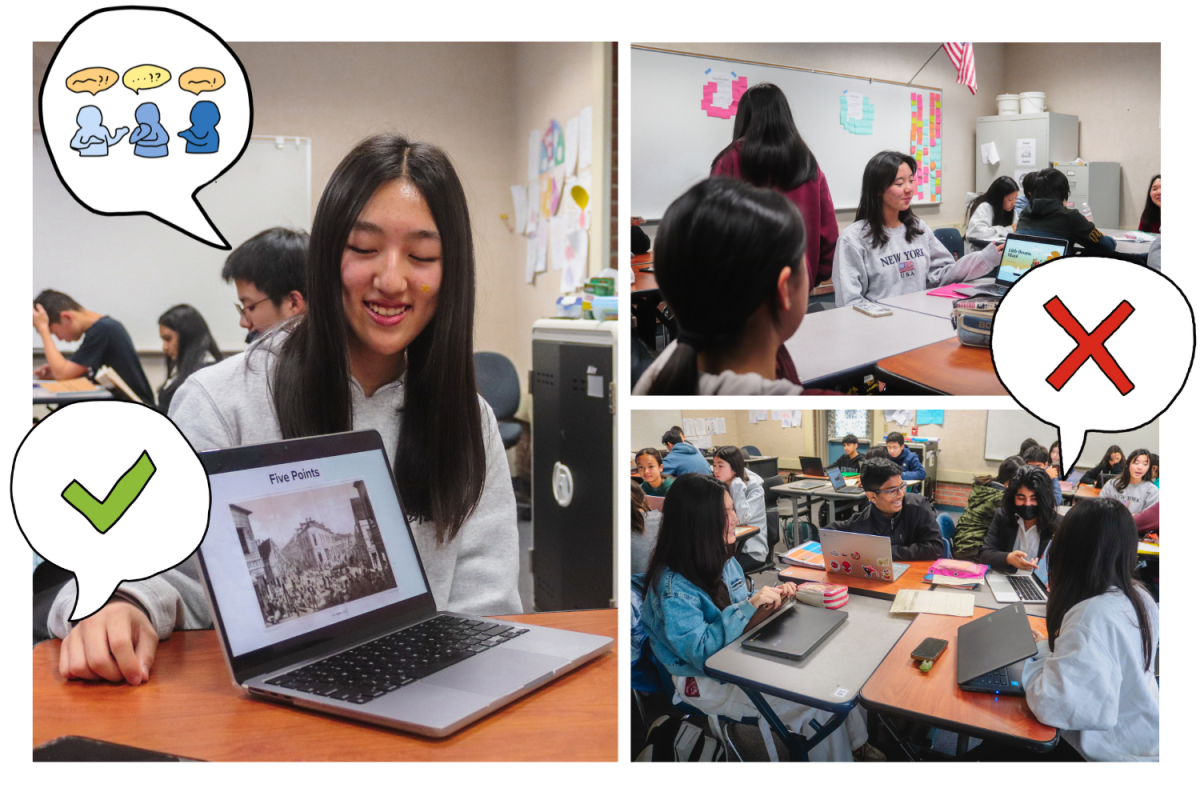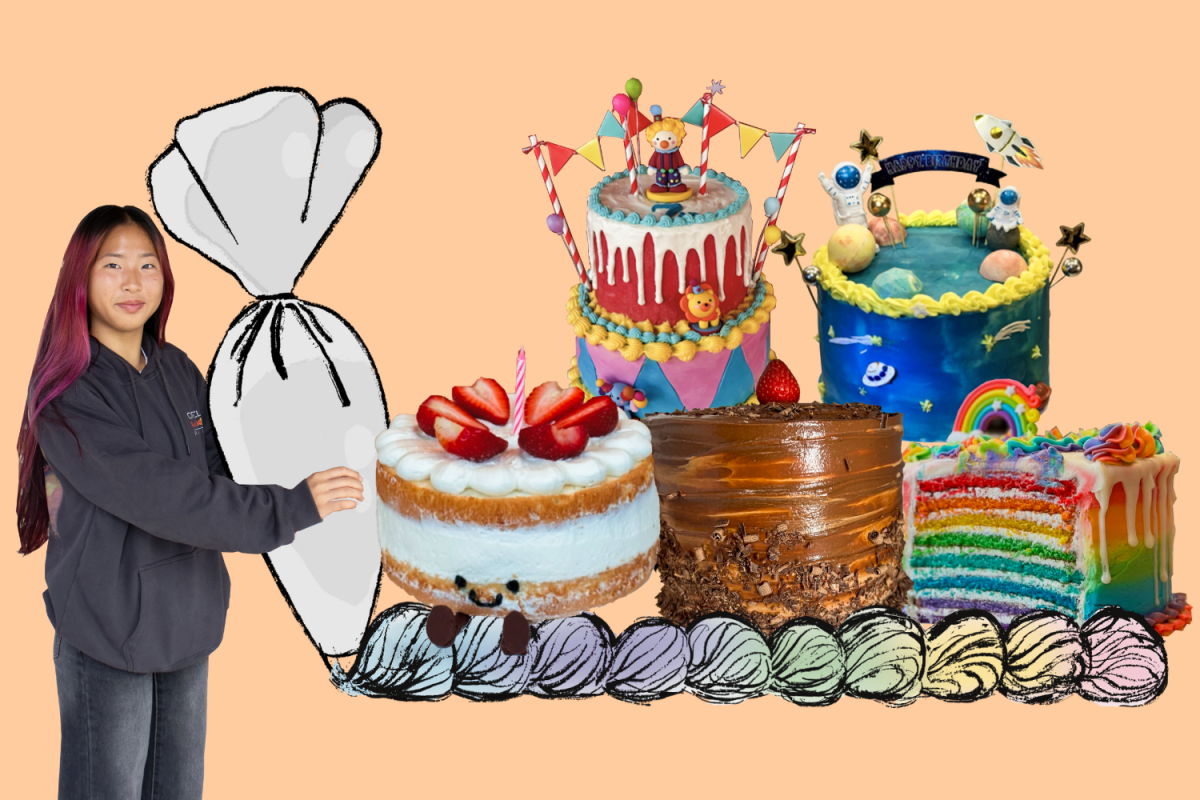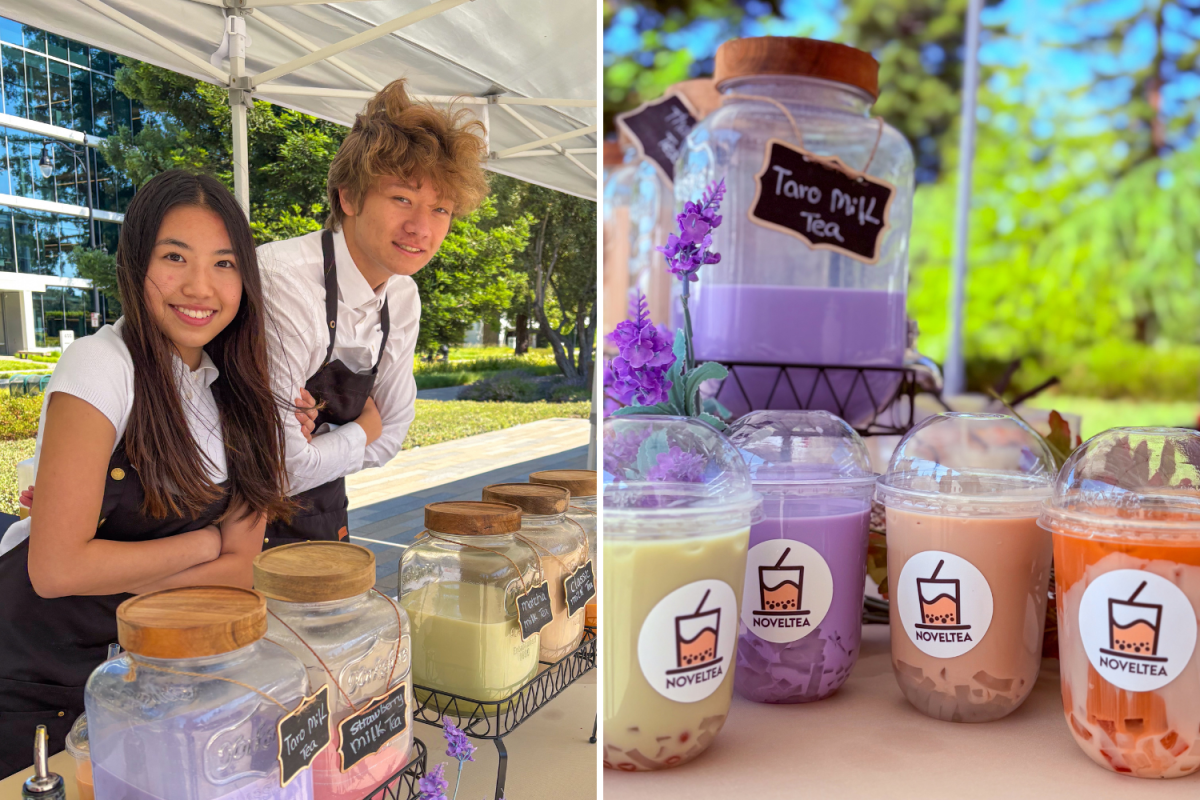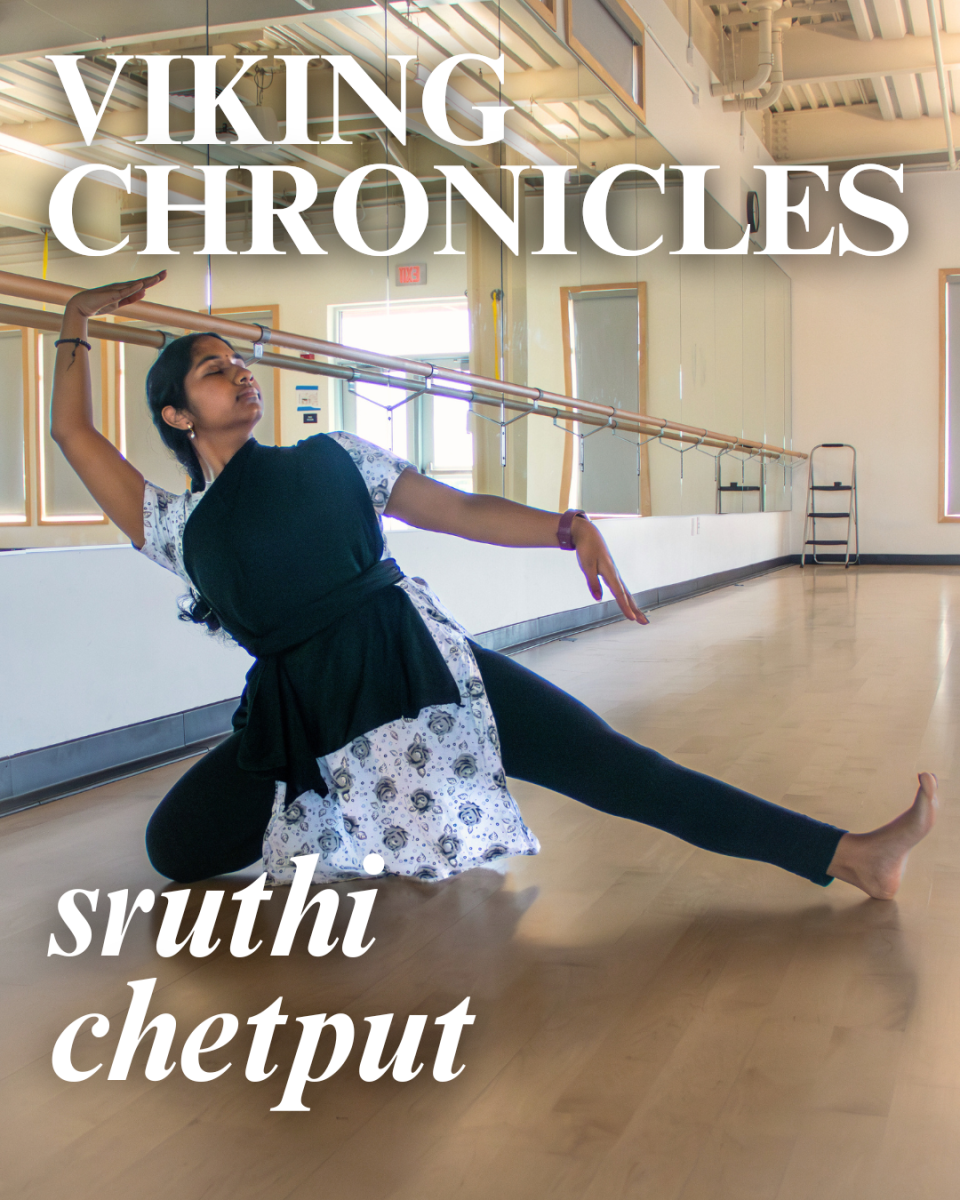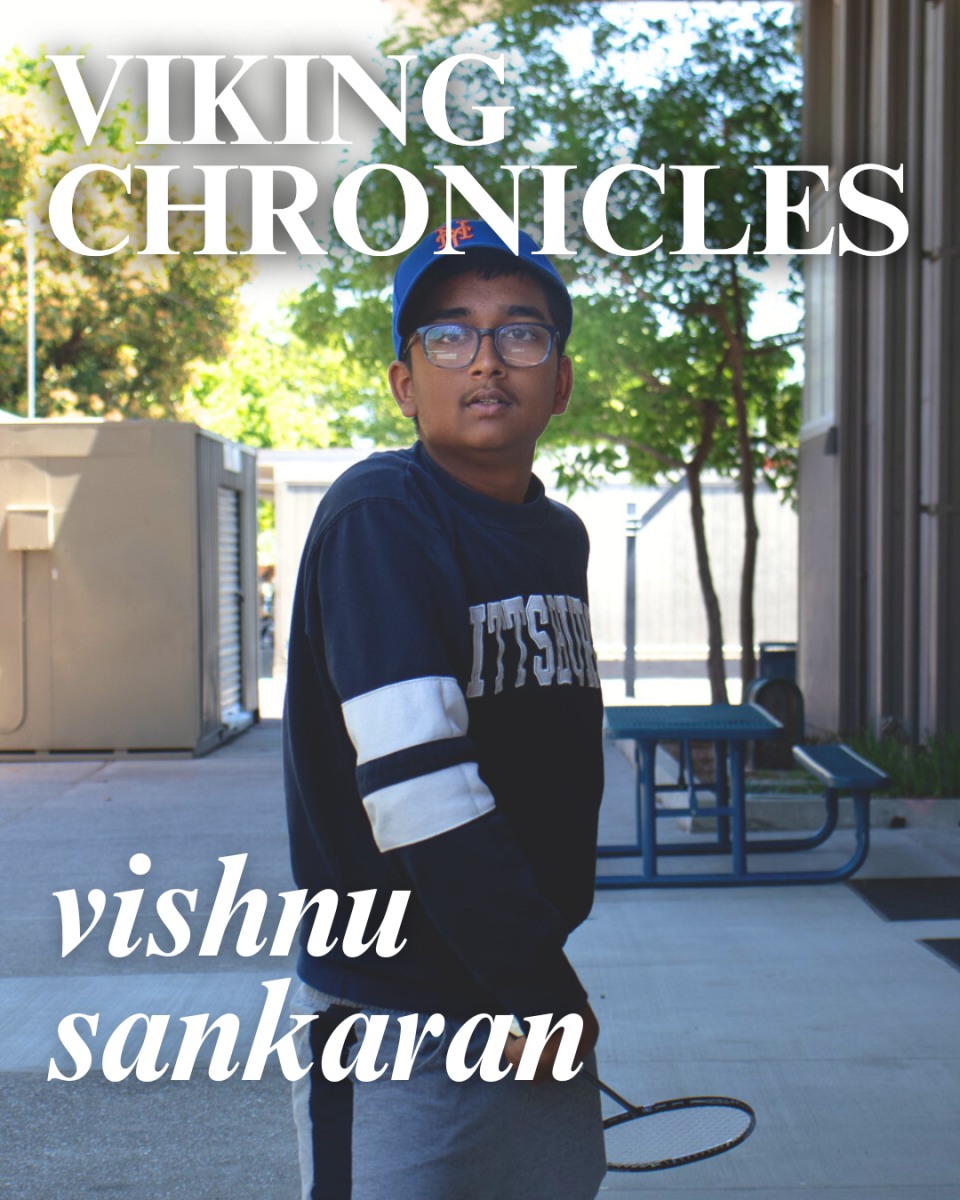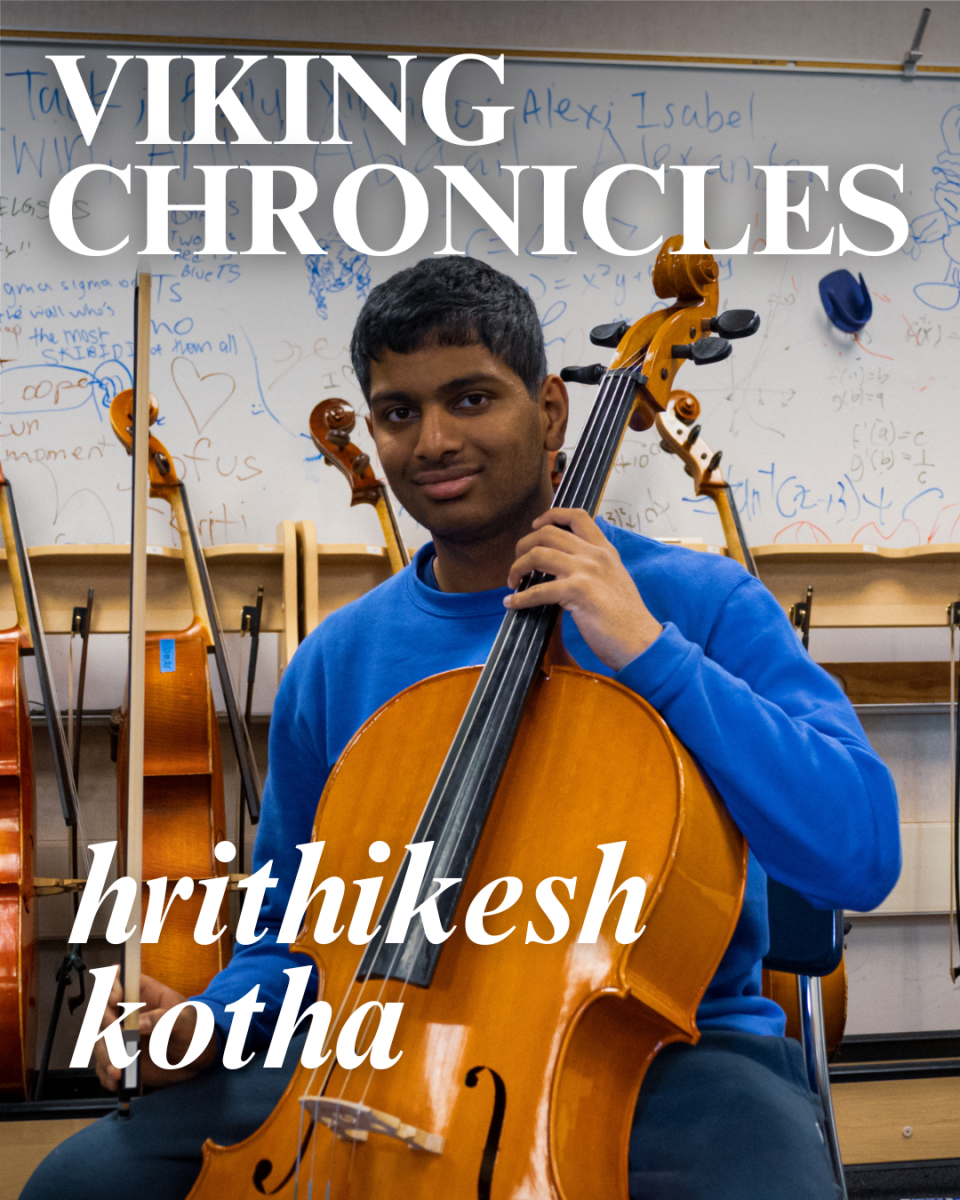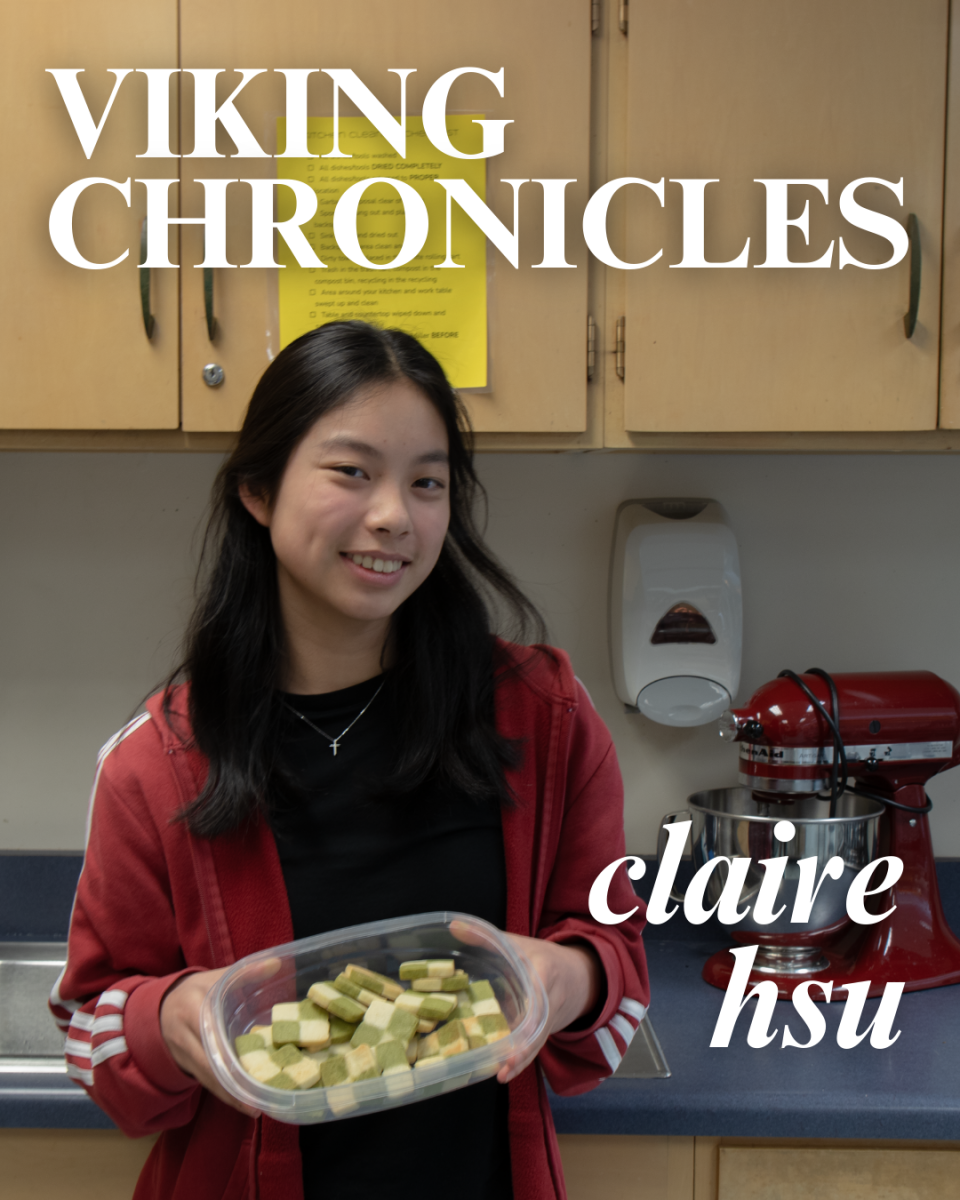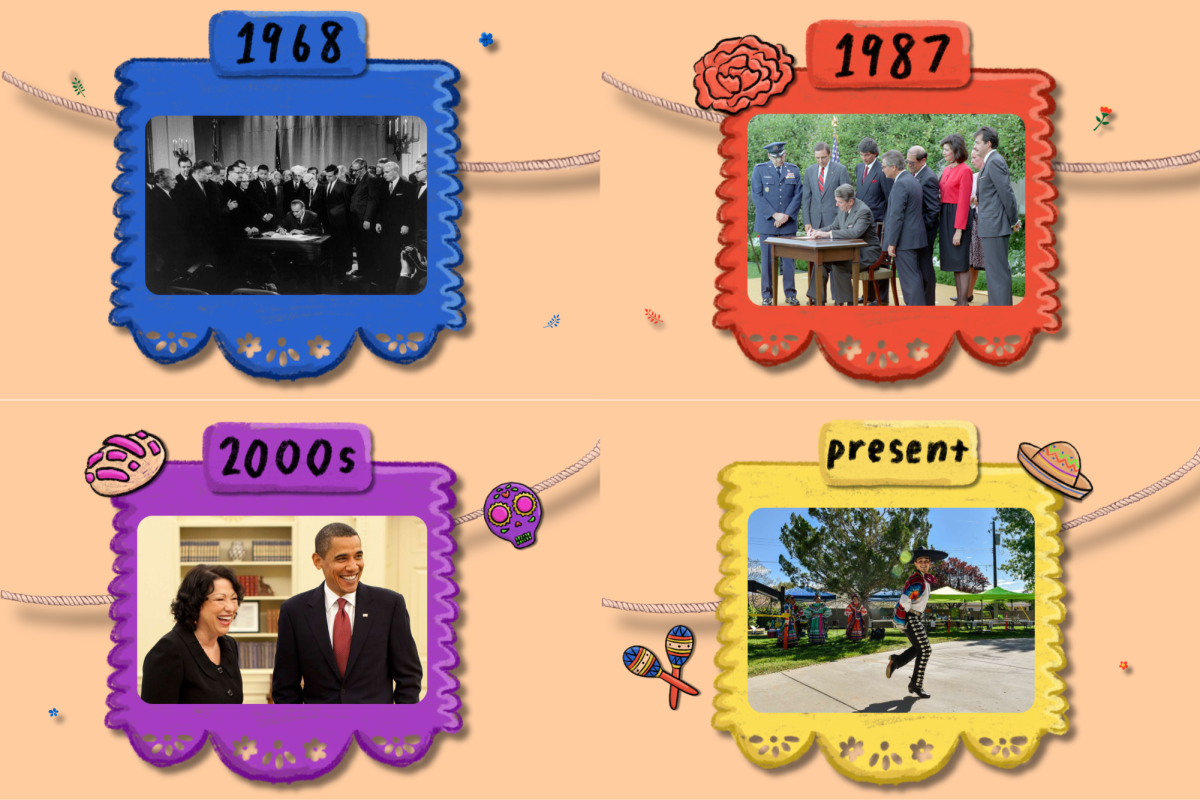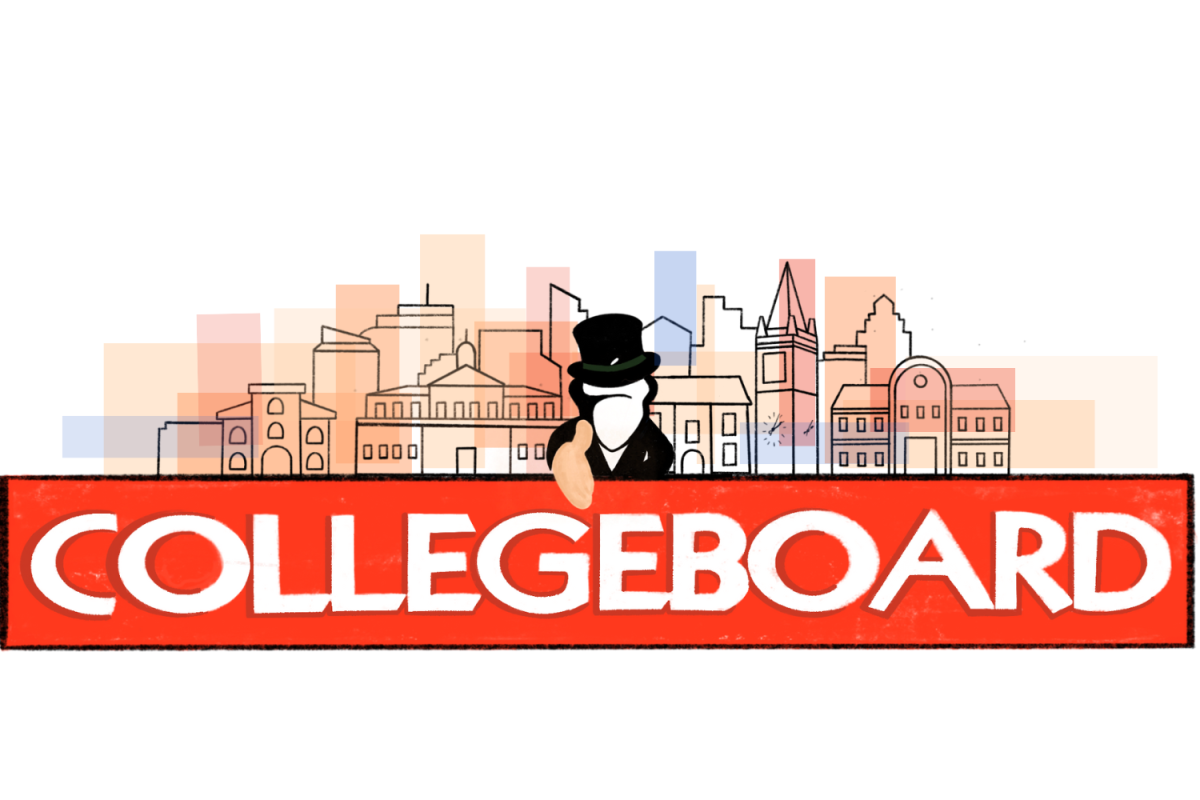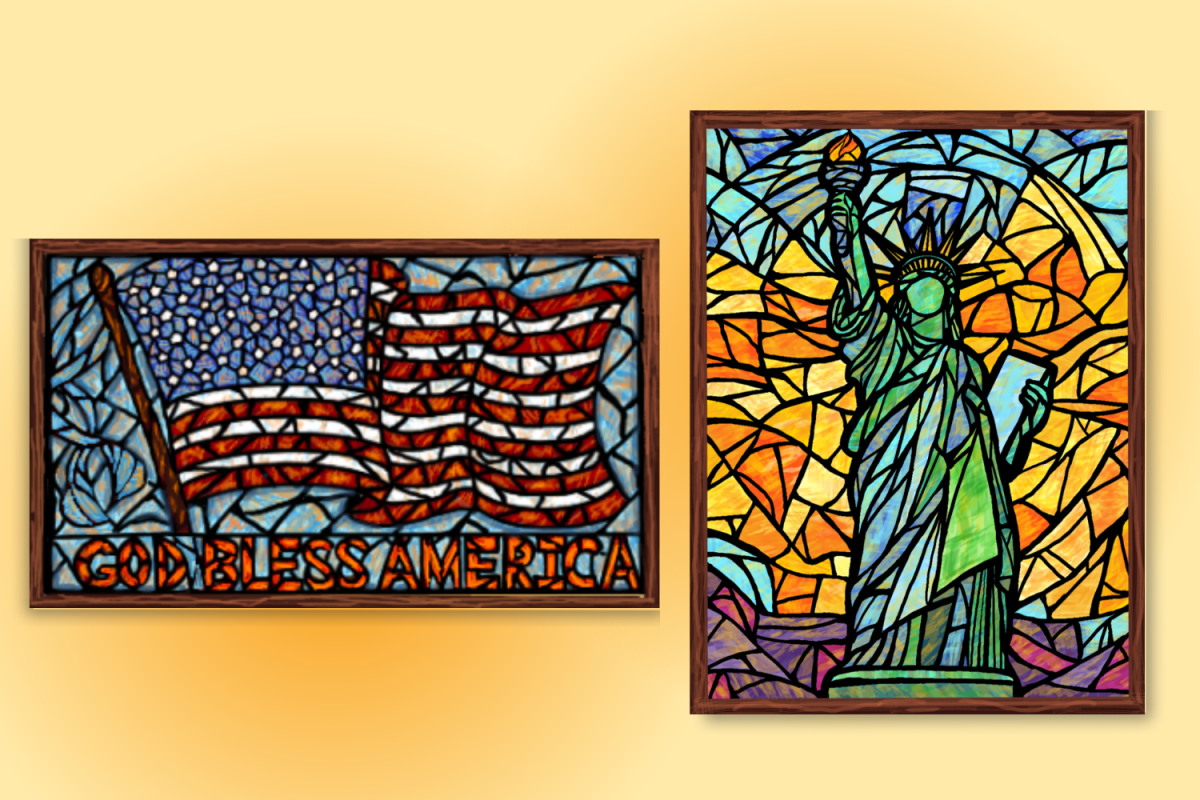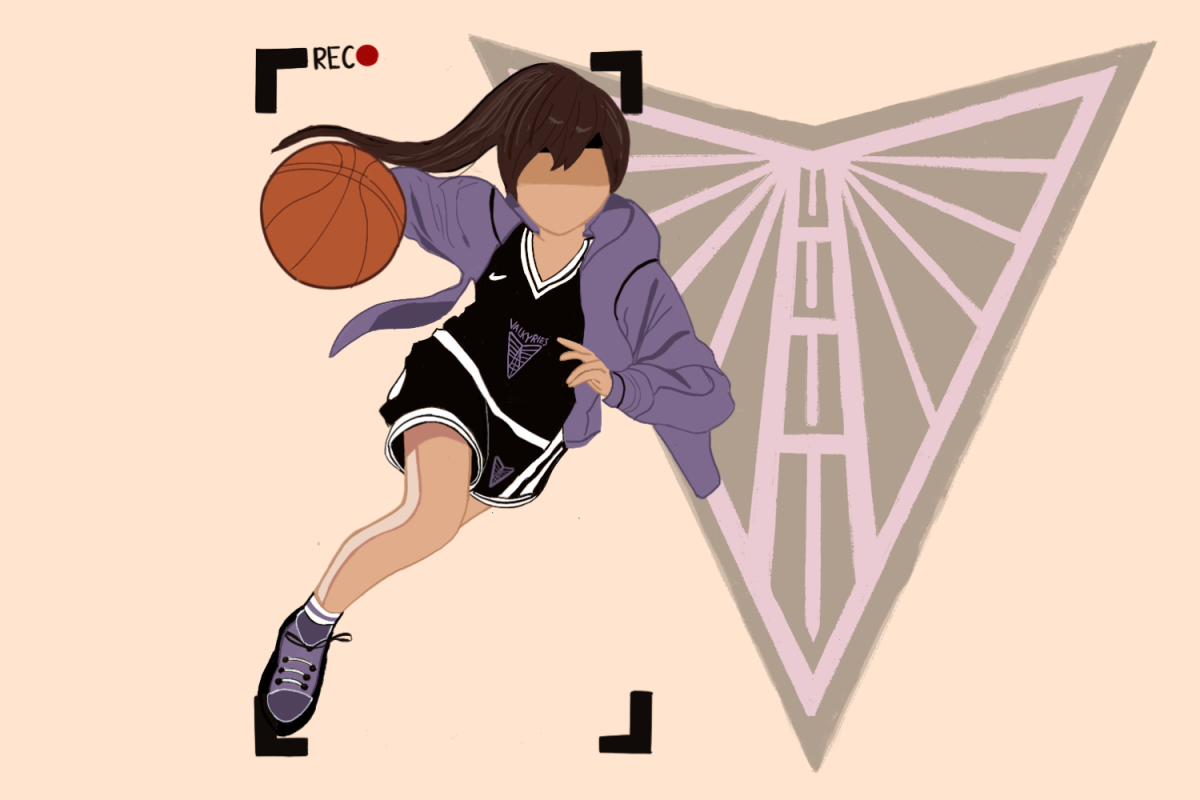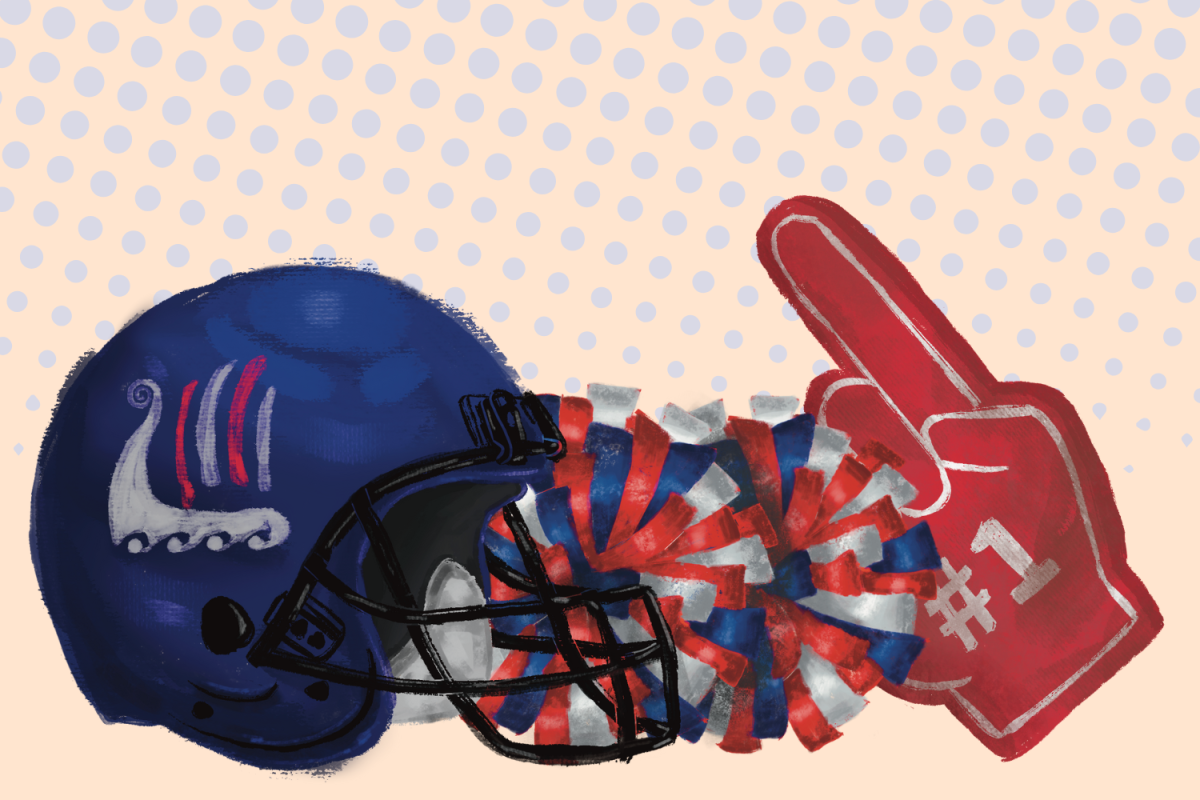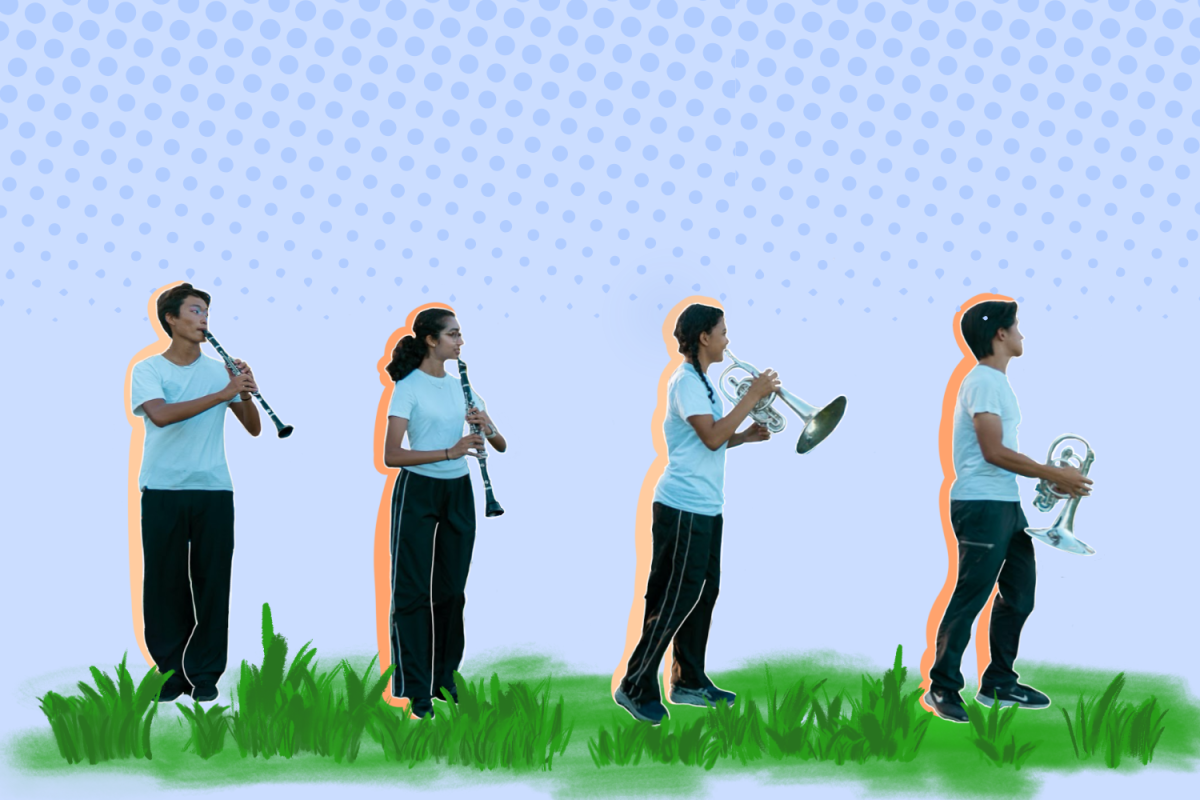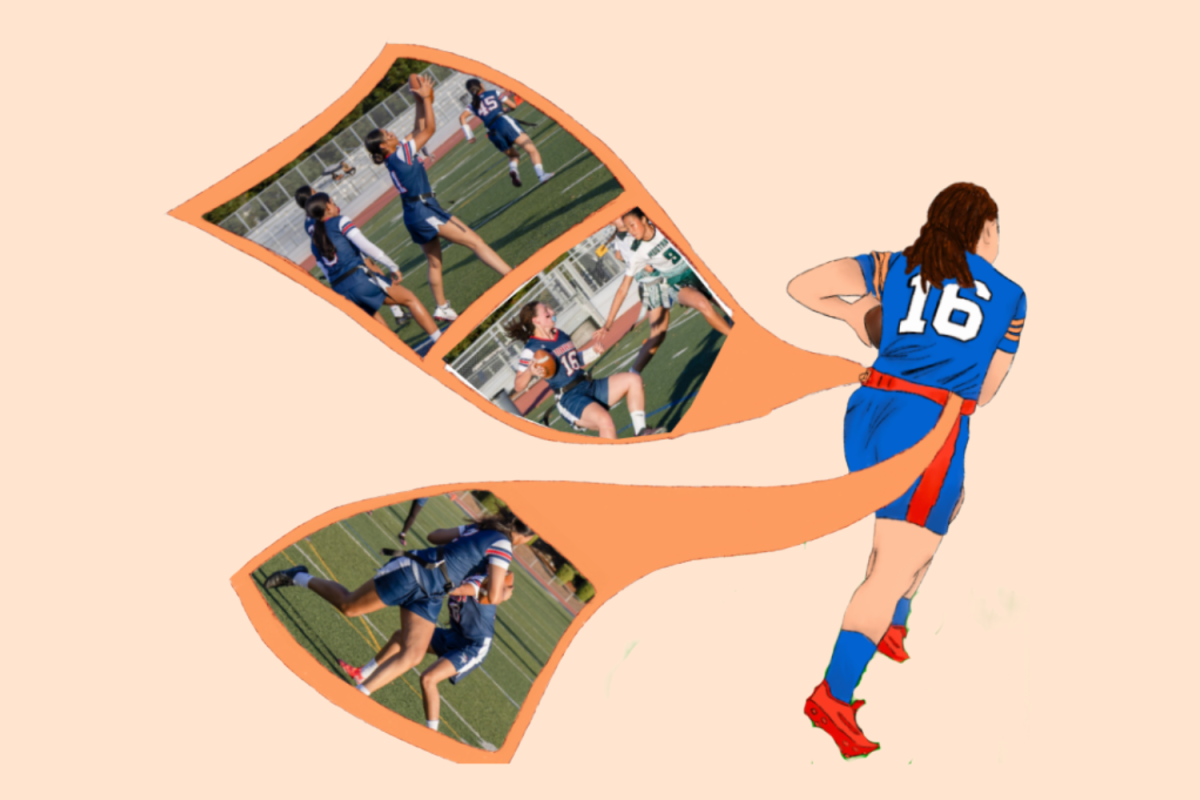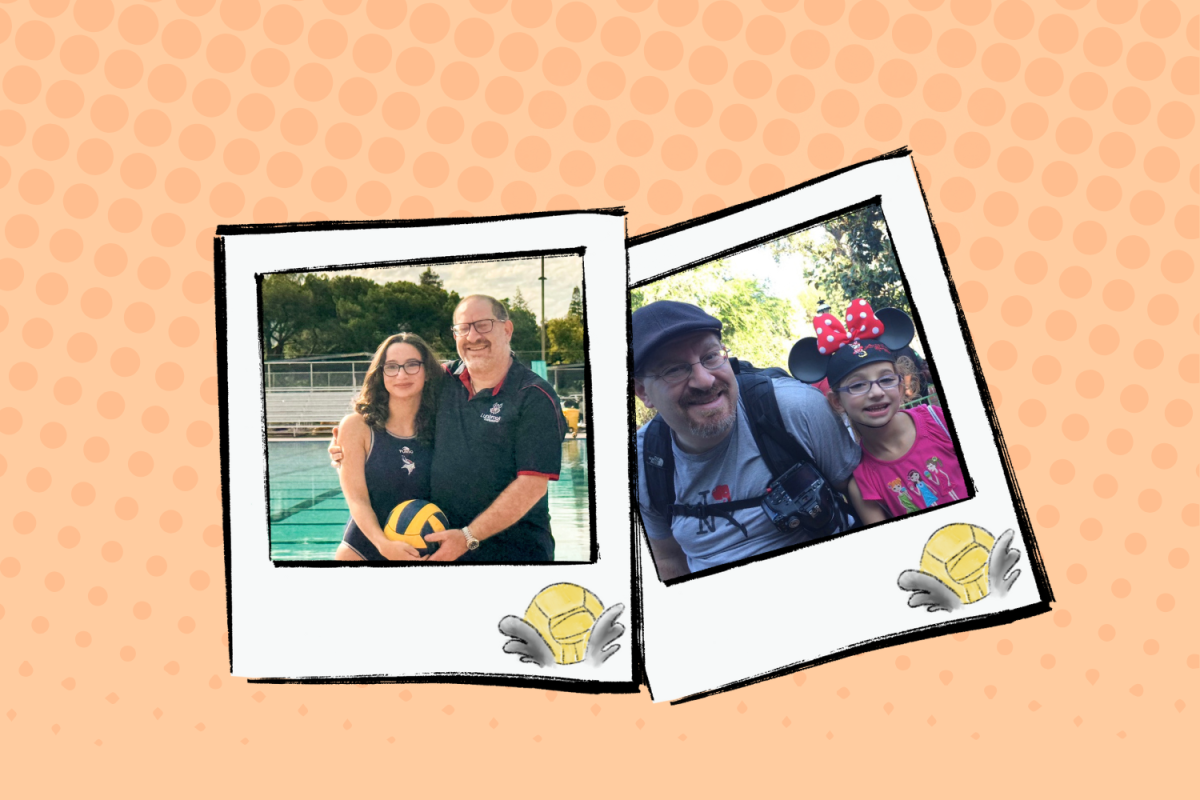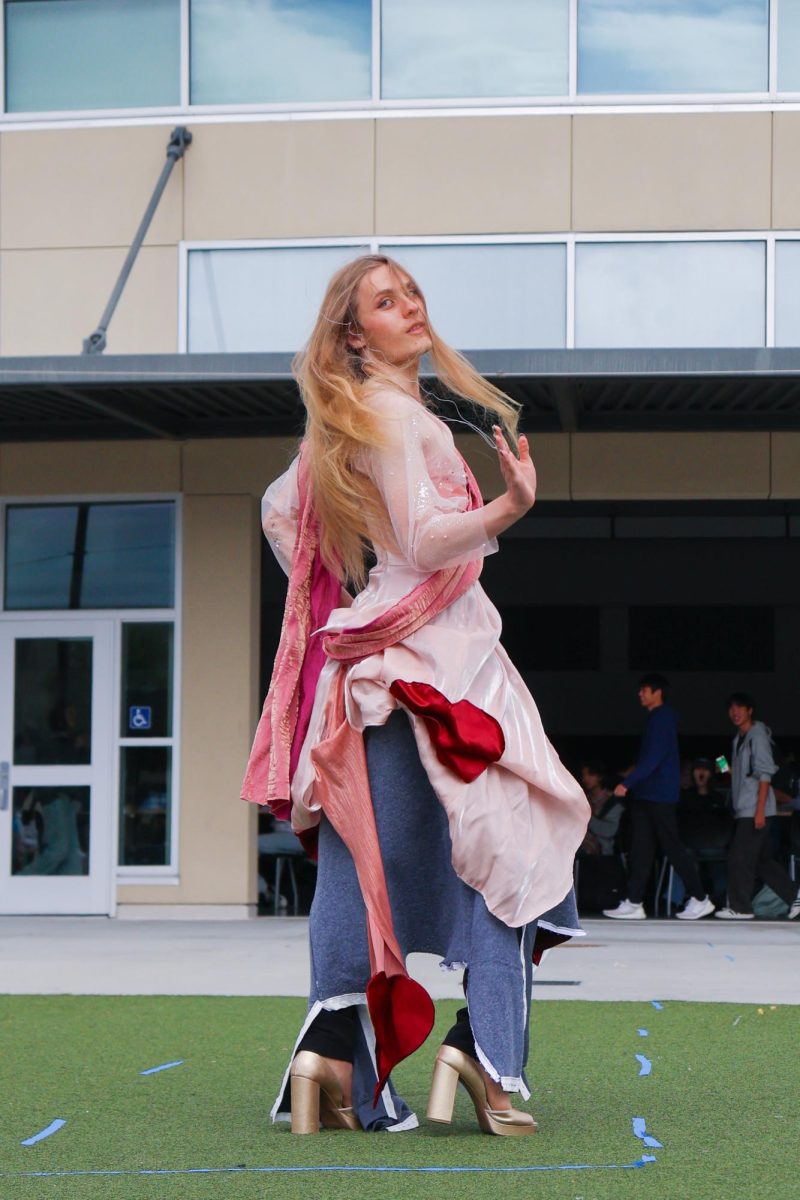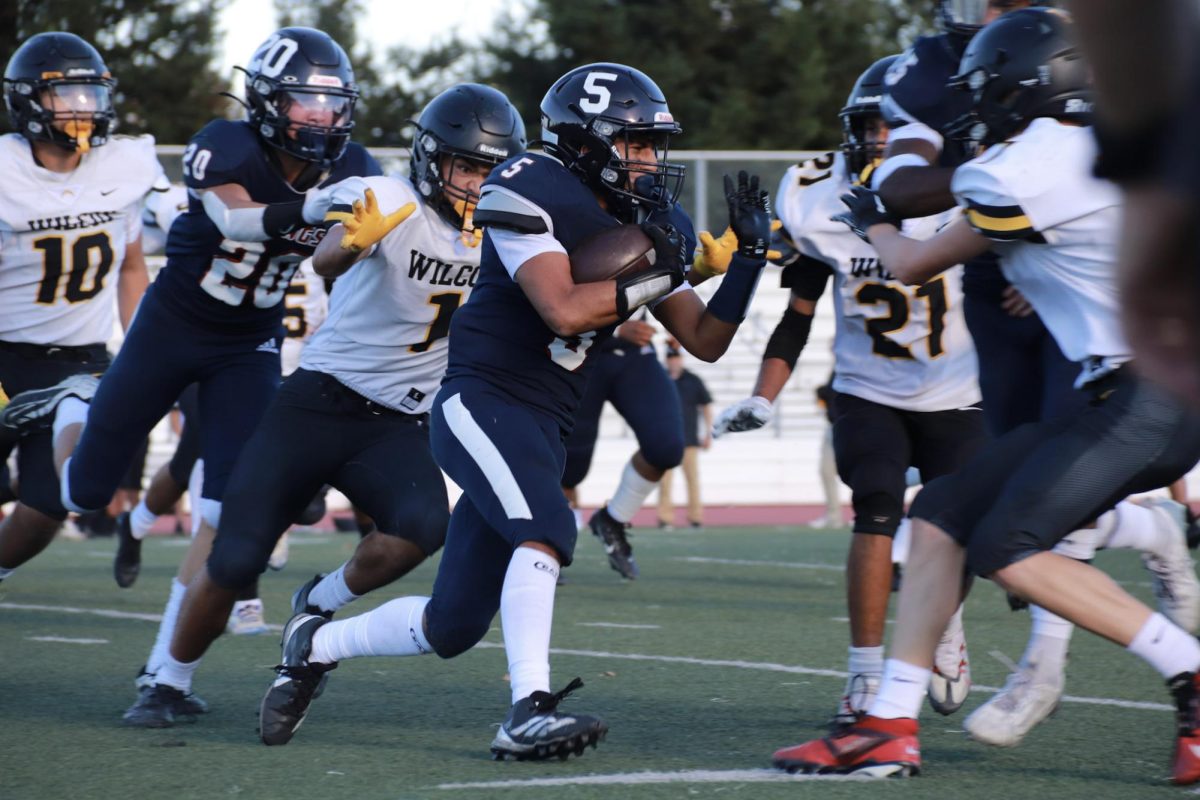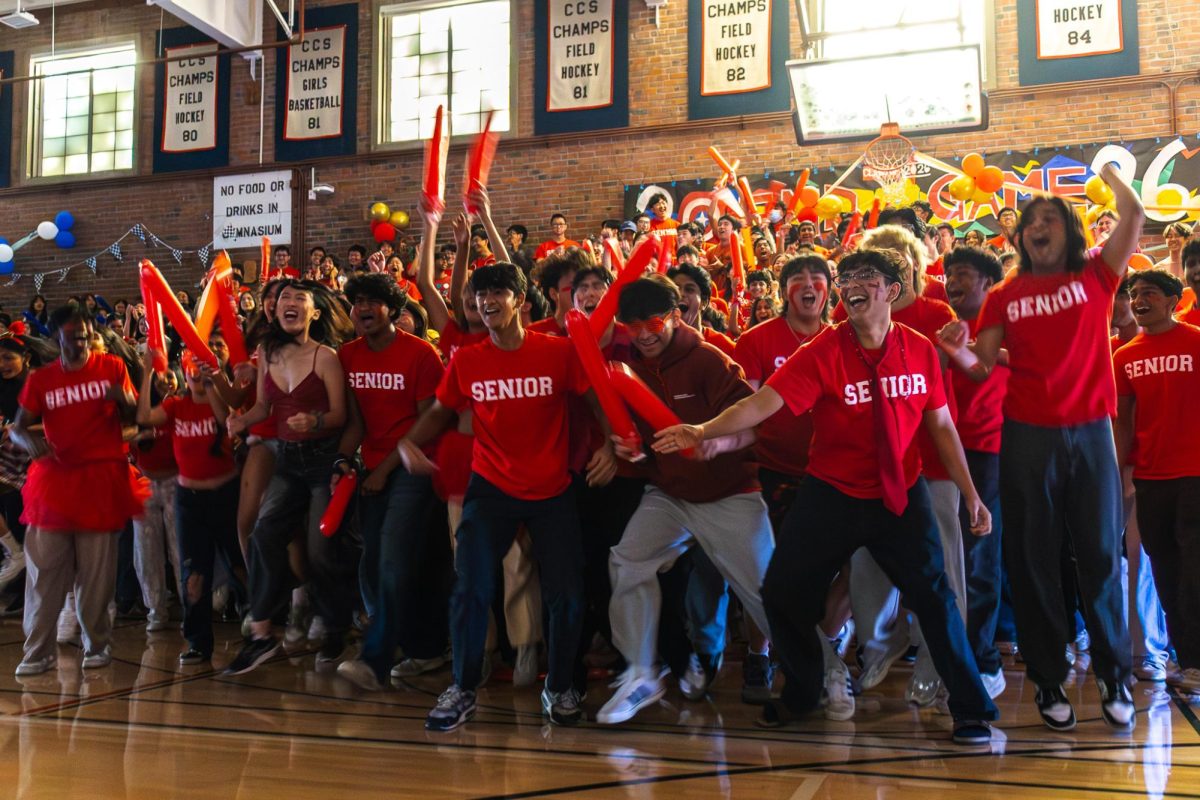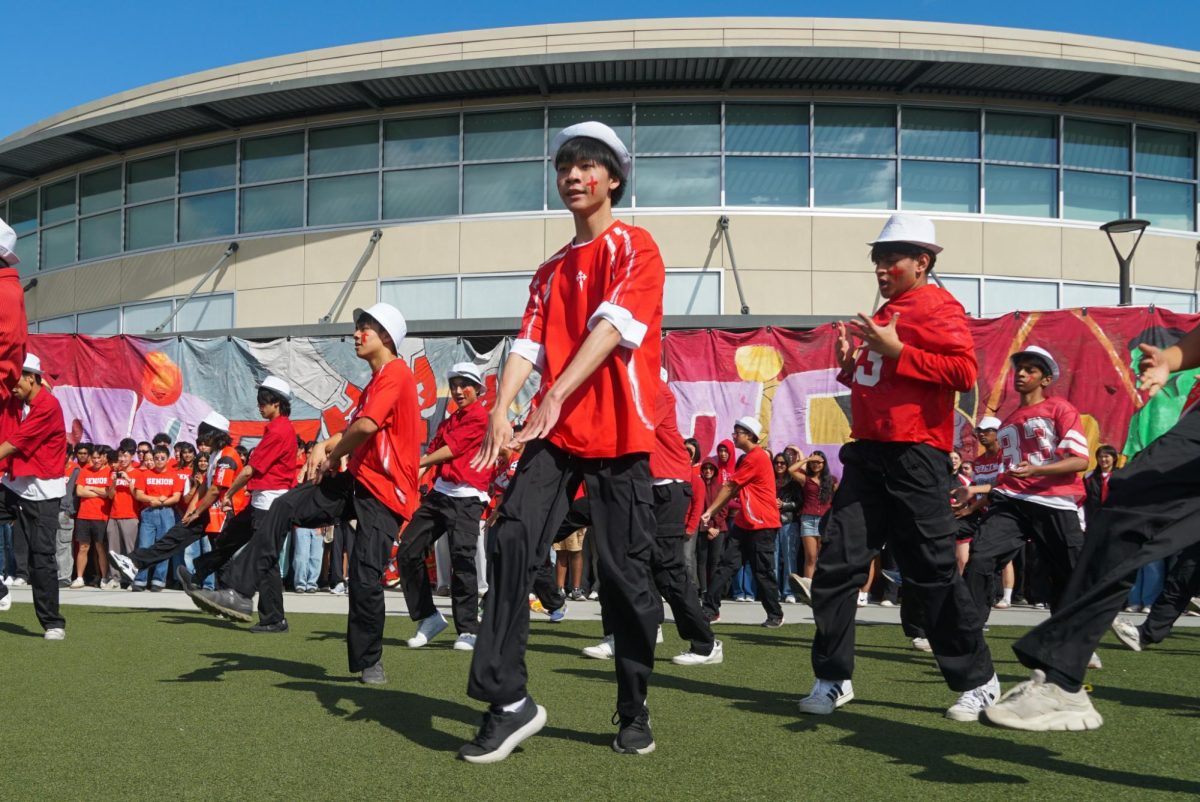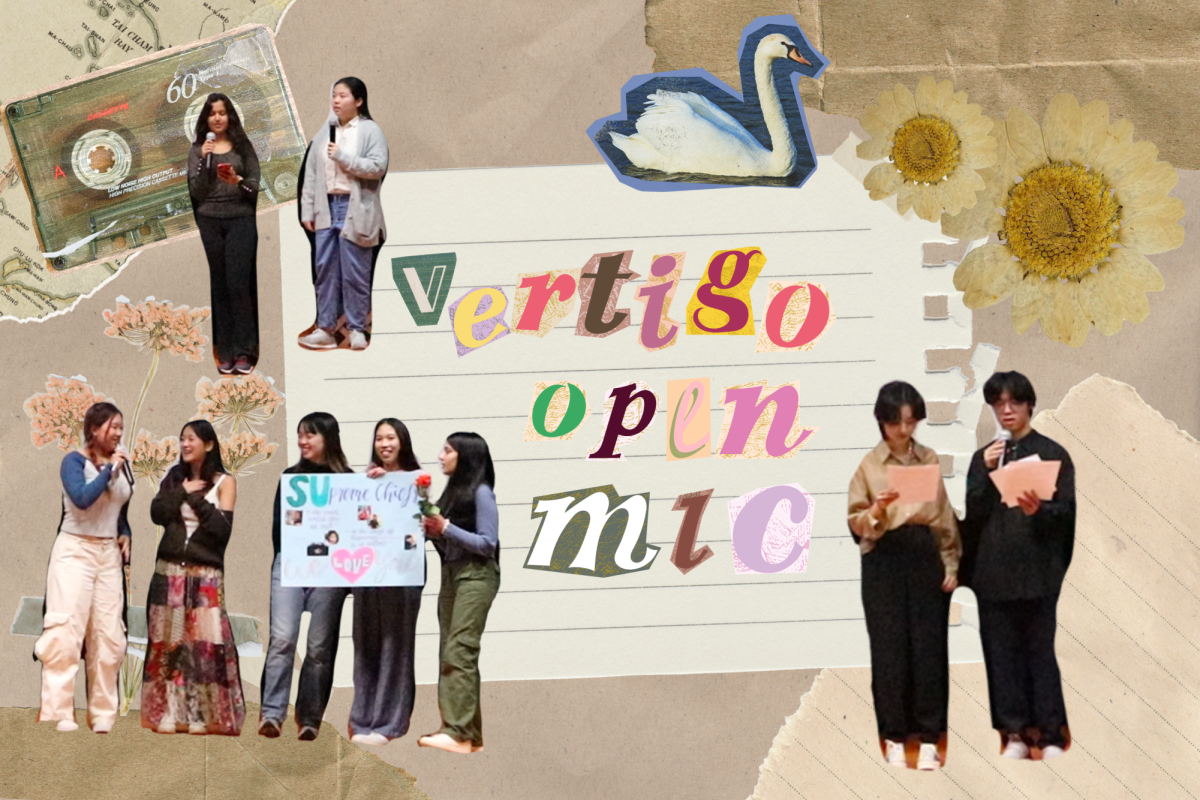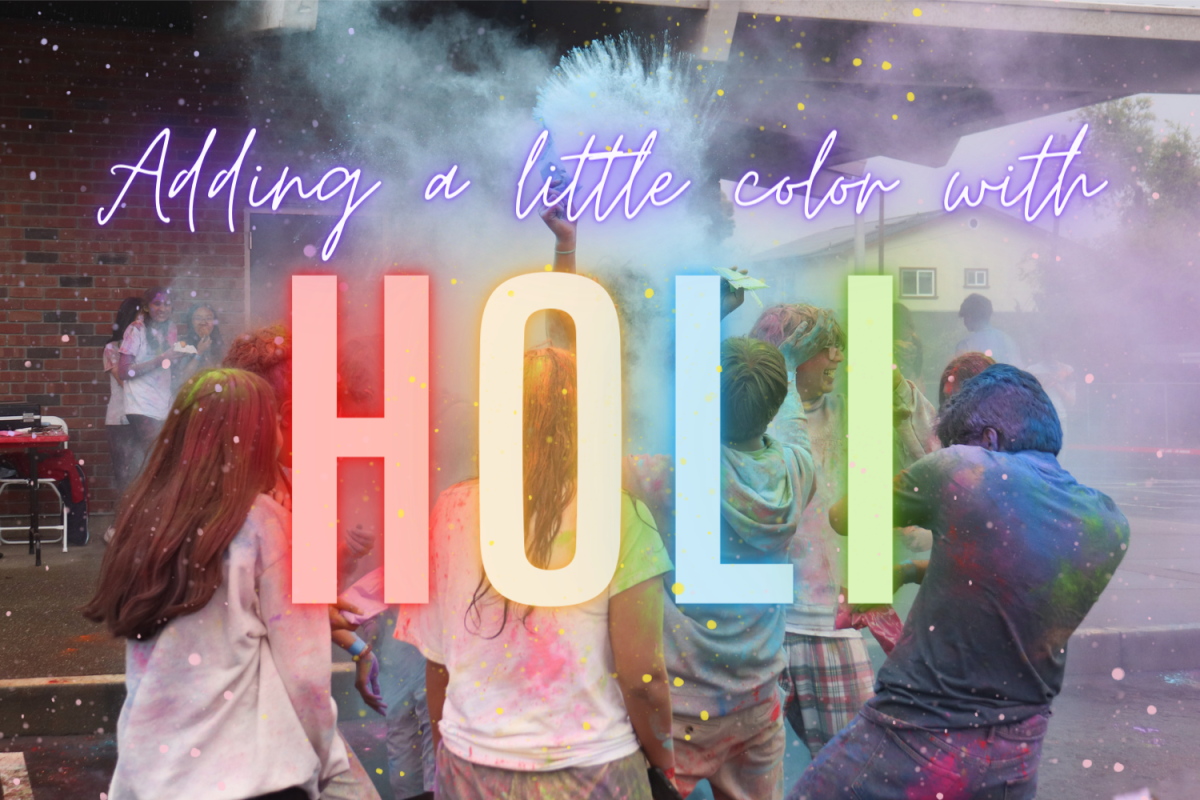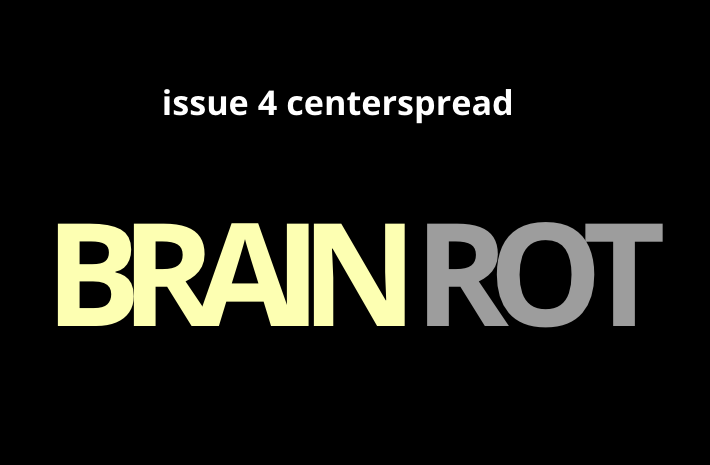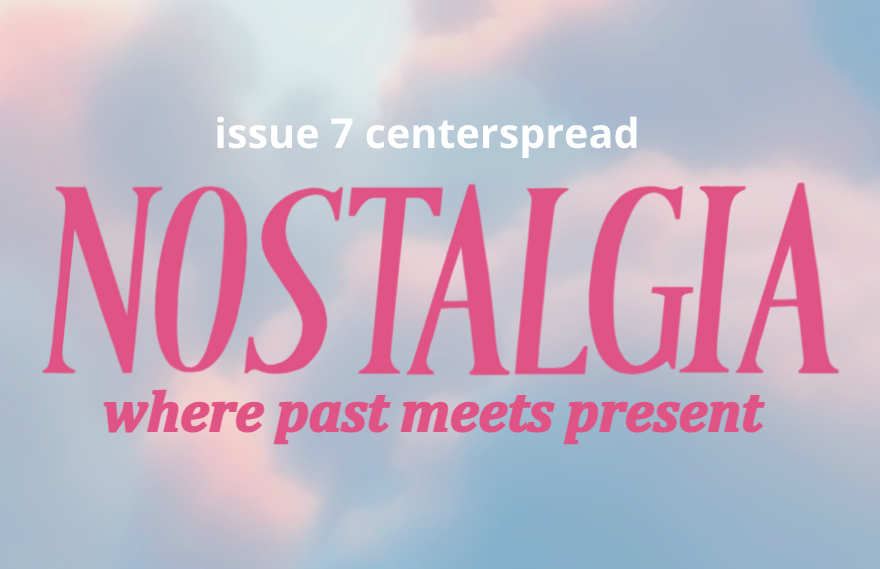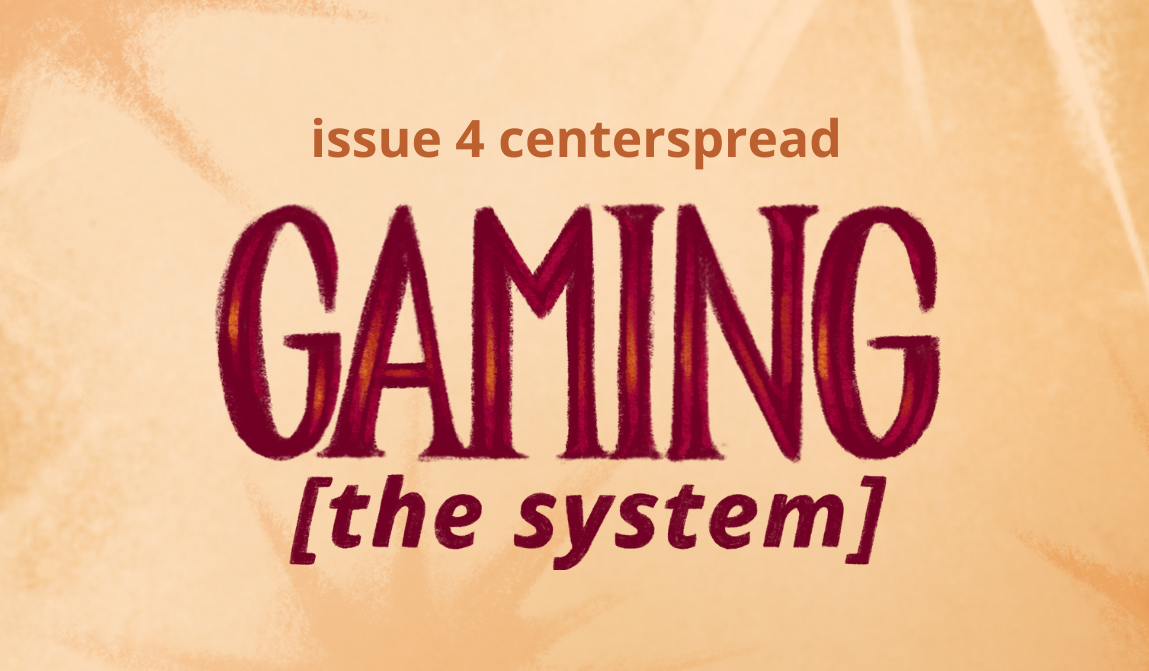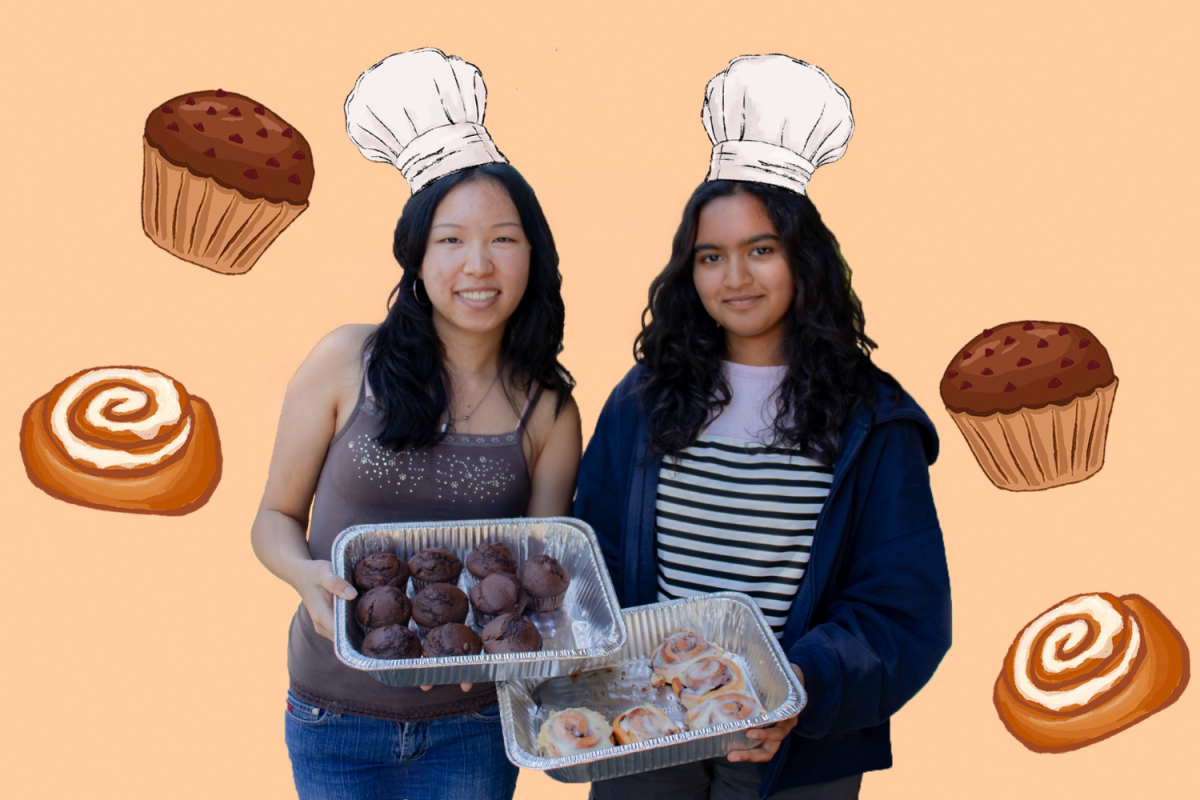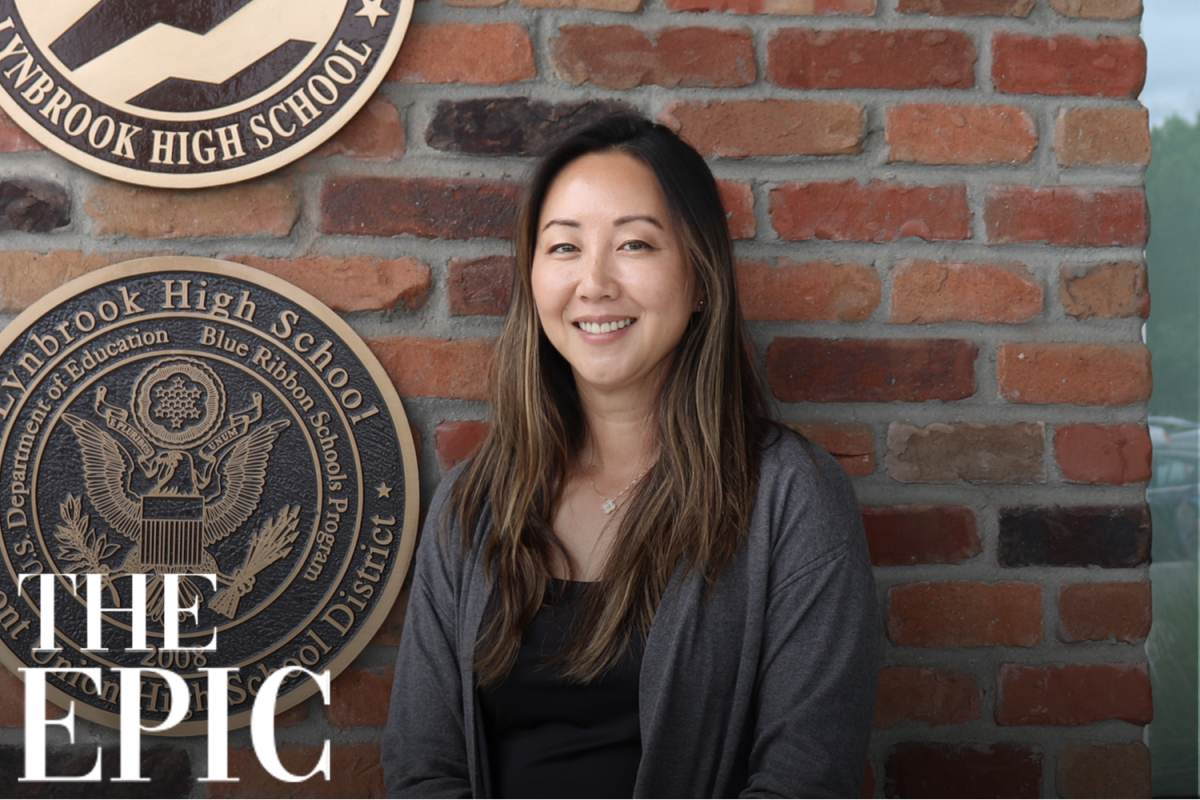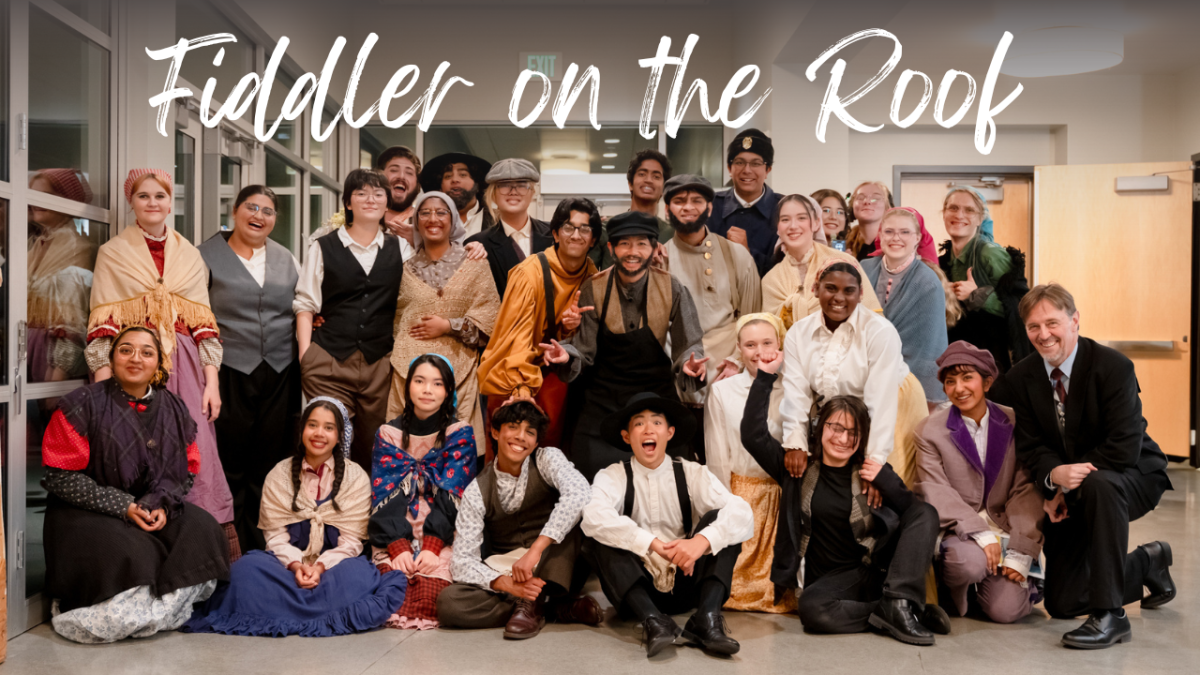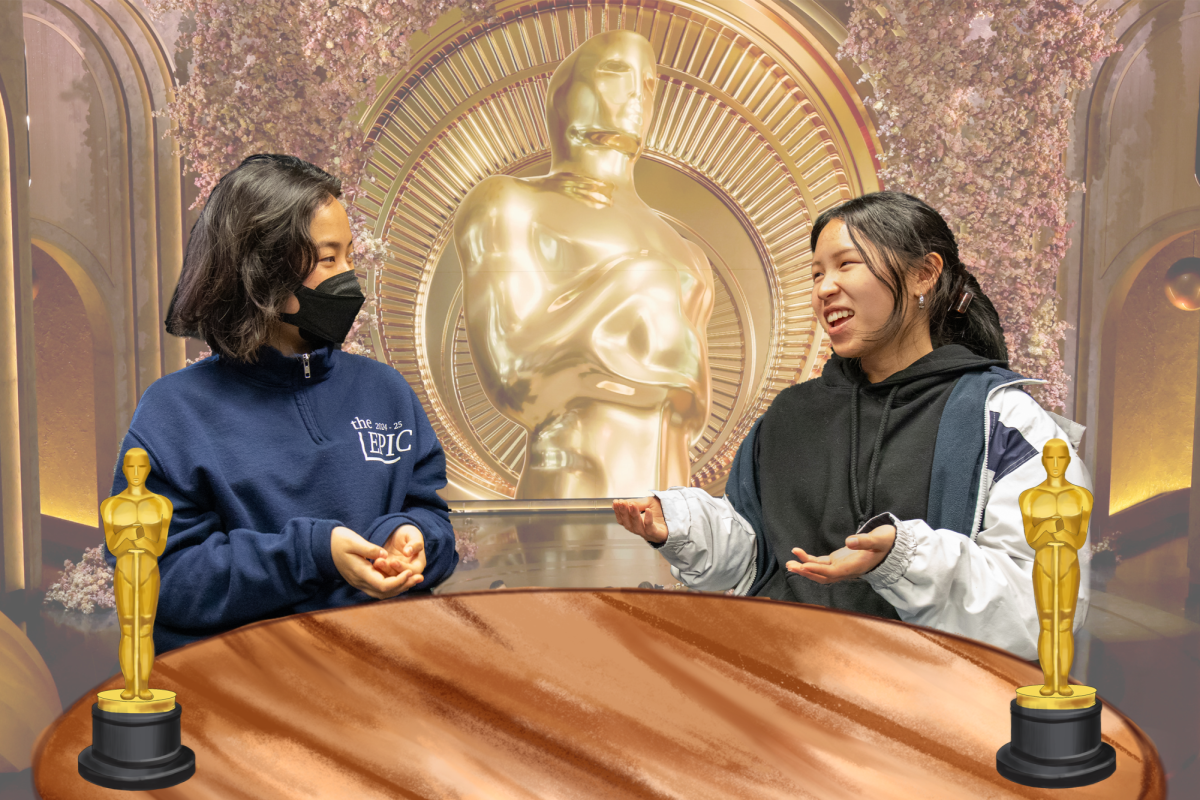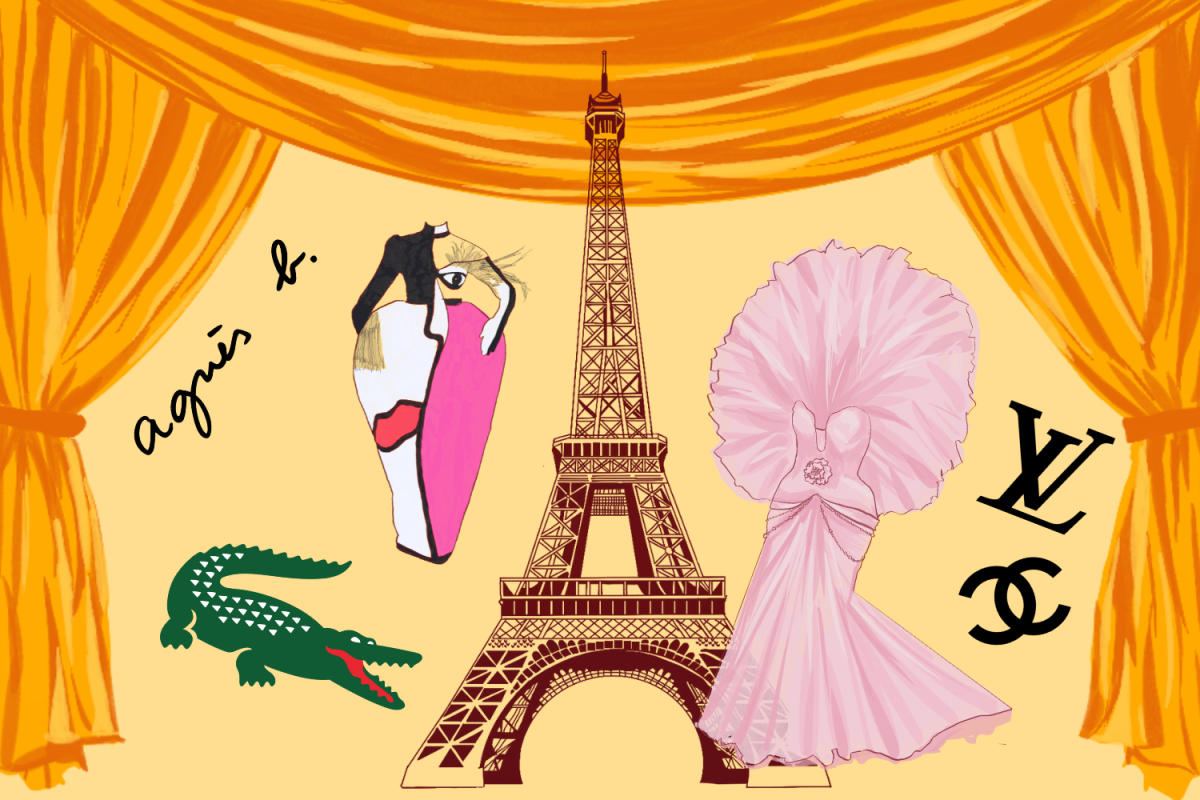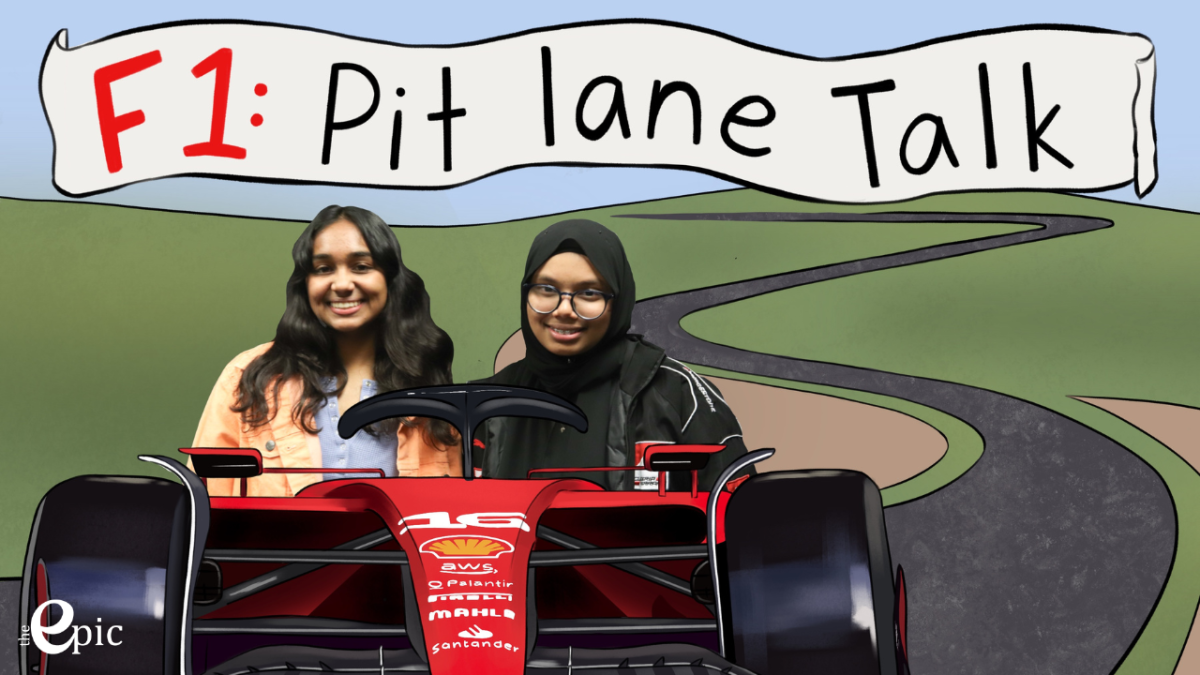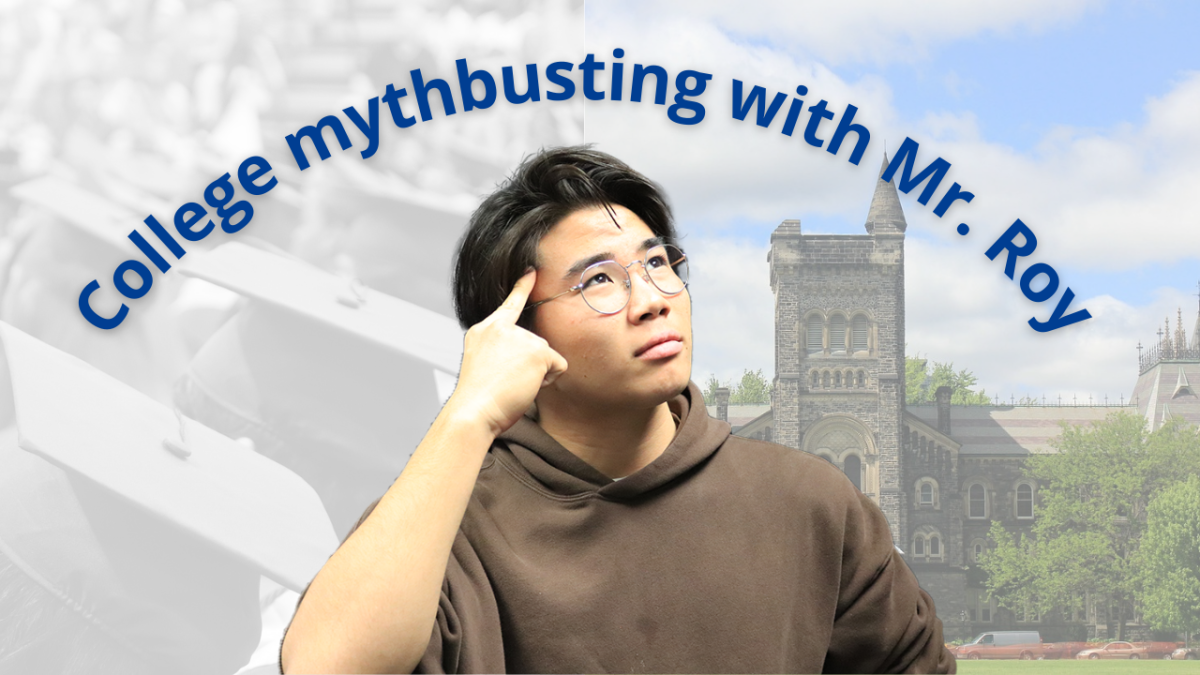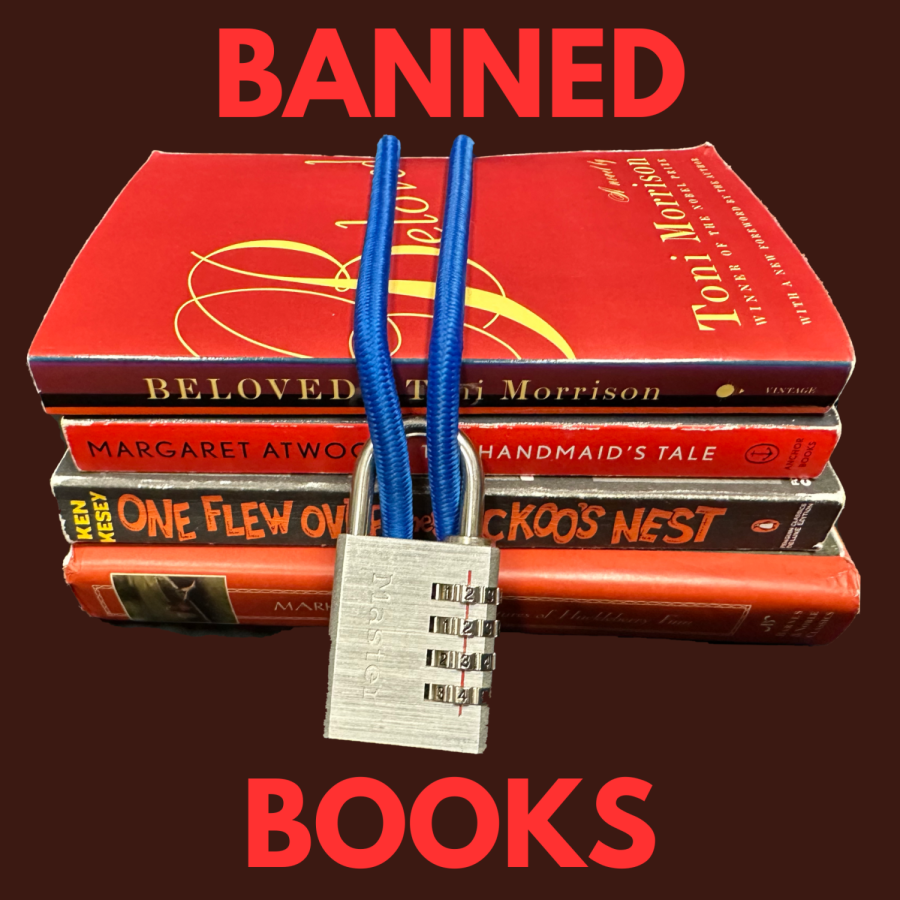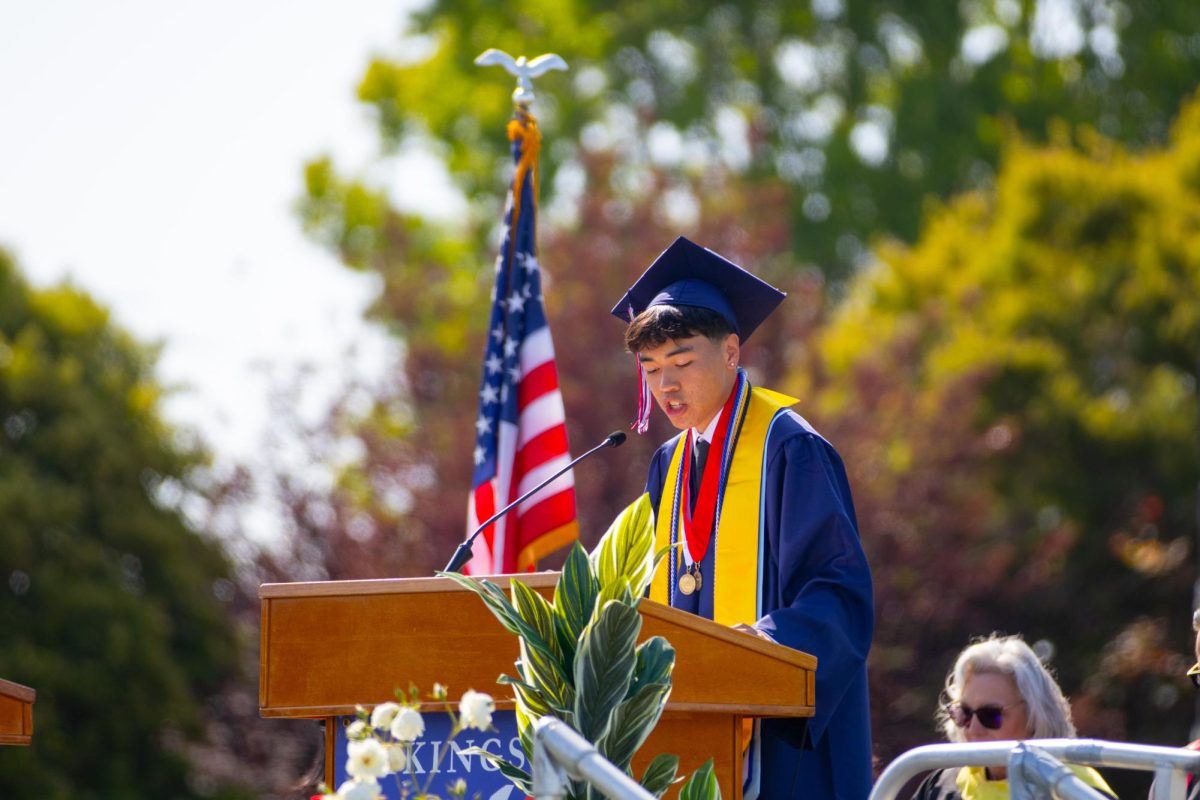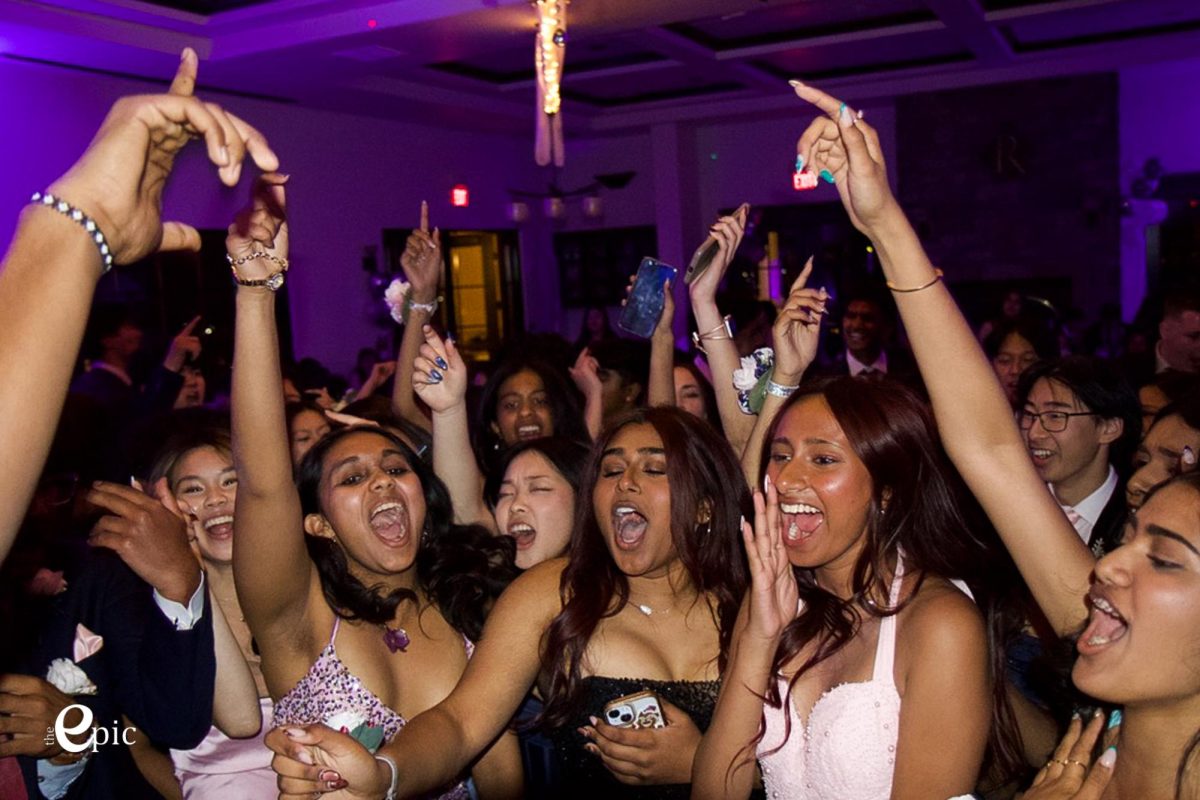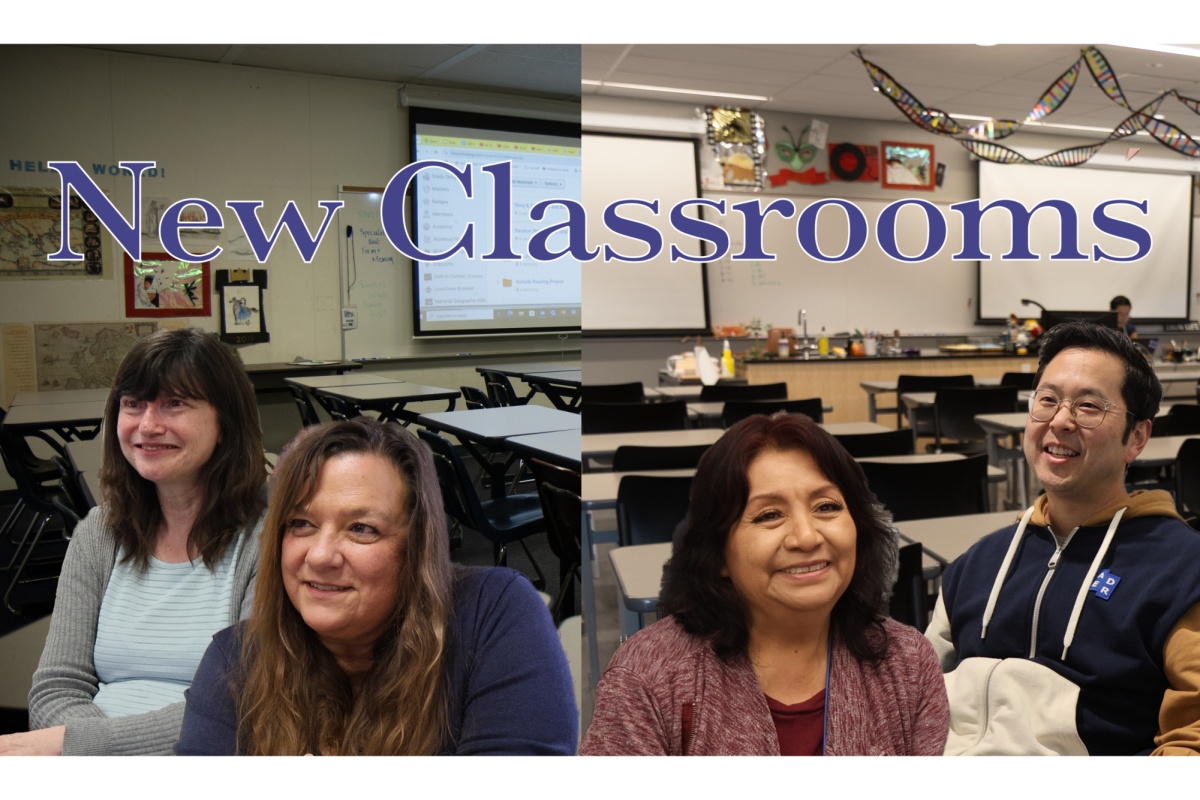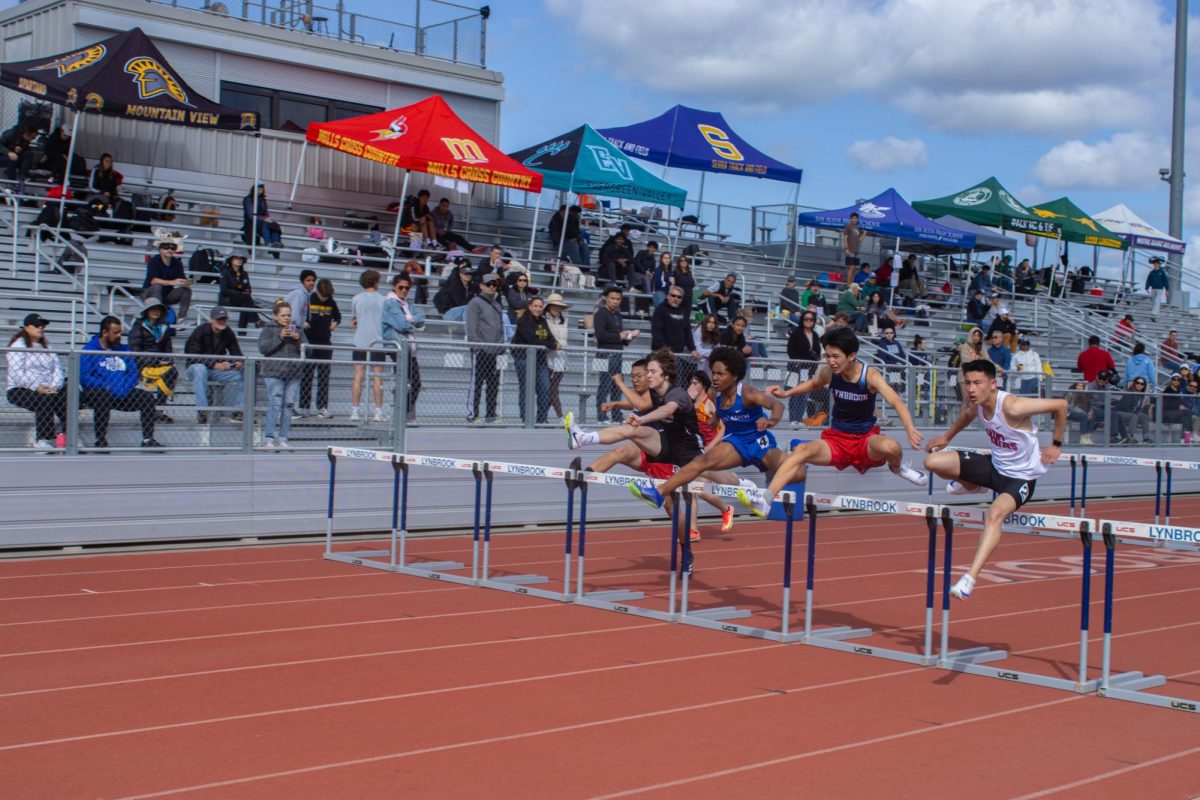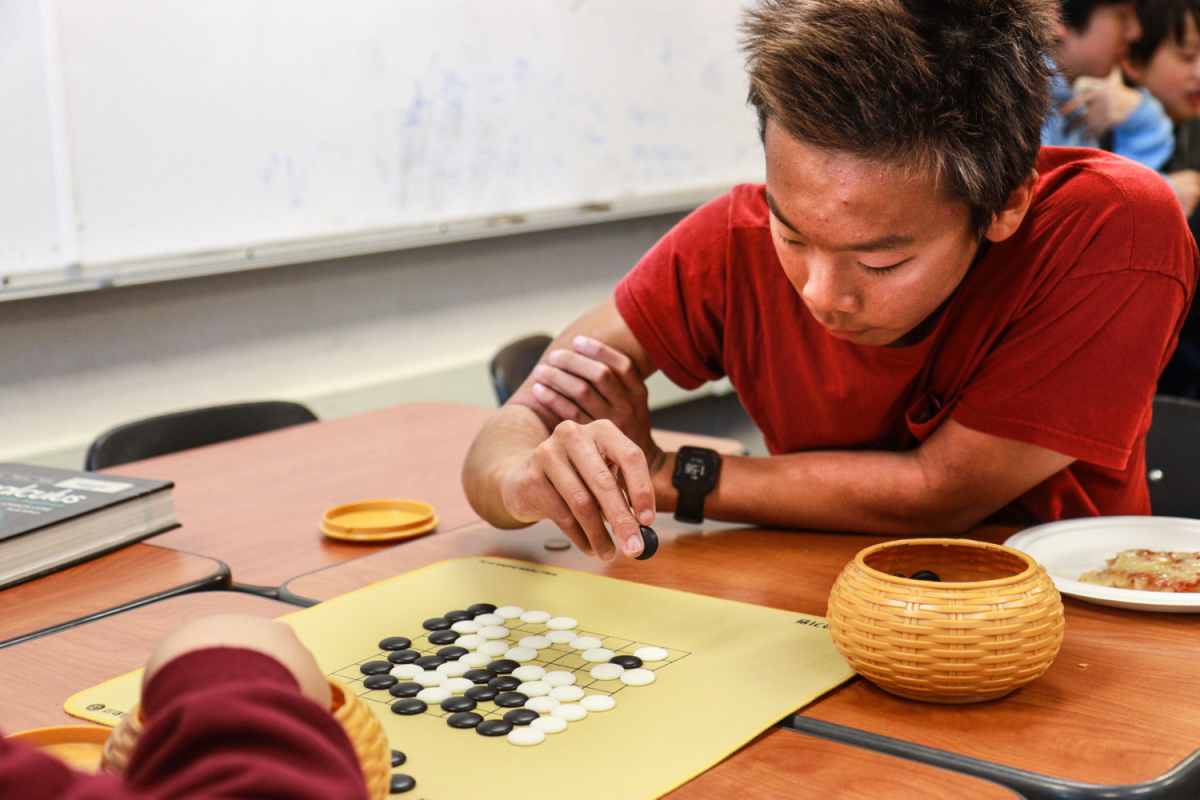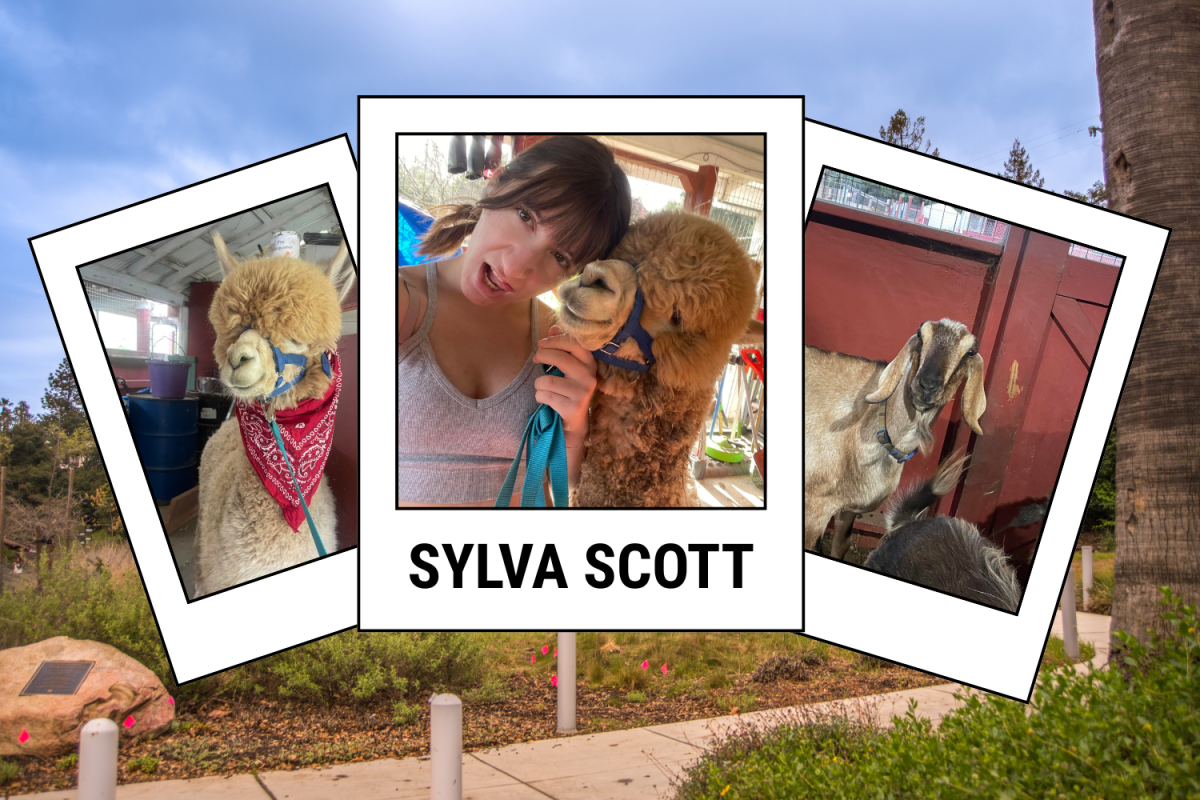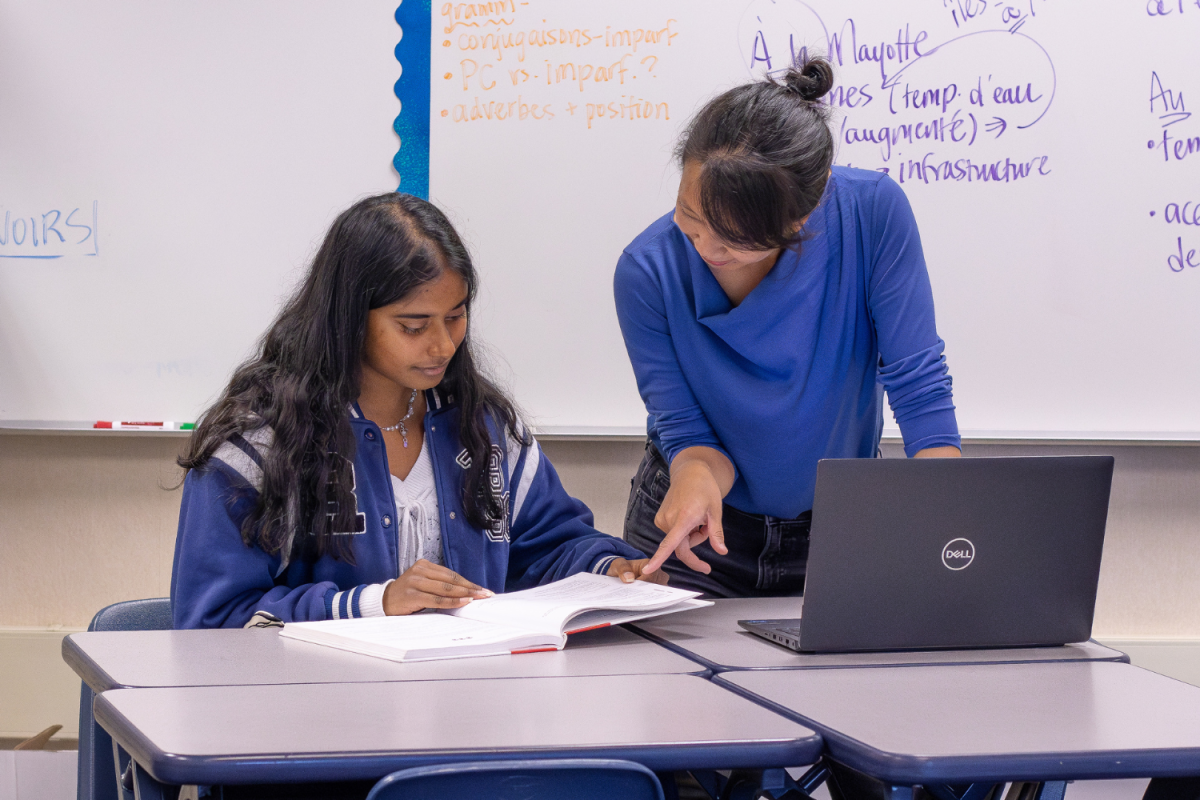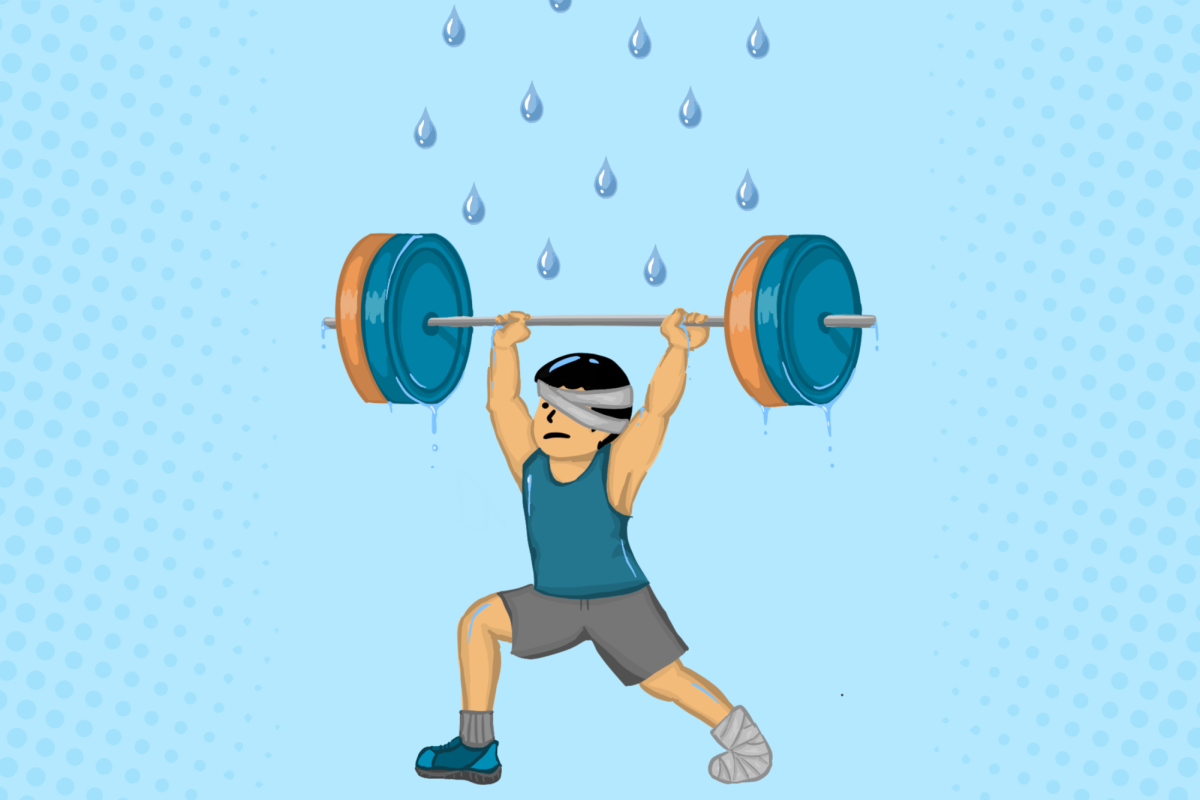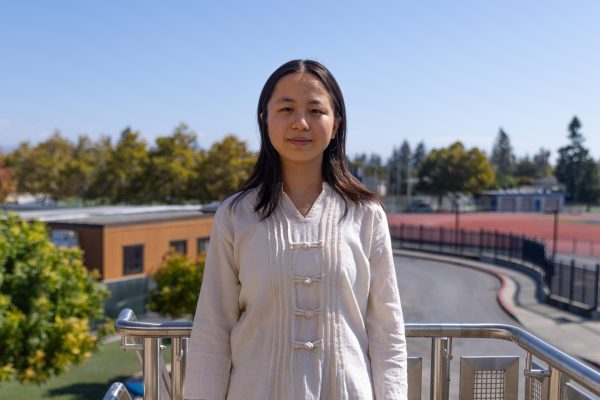Jalwa puts a modern spin on Indian dance tradition
The co-ed dance group Jalwa preserves both modern and traditional elements of Indian cultural dance.
“Jalwa has opened my eyes to more versions of dance,” junior Lex Huang said. “In the beginning, I wasn’t very used to it since I usually just do hip-hop. But as I started learning it for some time, it became quite fun.”
Jalwa performs in Silsilay, which is hosted yearly by the American-Indo Student Association, as well as other local events like Cupertino High School’s Riyaaz. The team has spotlighted traditional dances from different parts of India, like Bhangra, from the state of Punjab.
“We do some Bollywood fusion elements,” senior and Jalwa co-captain Sanaa Gada said. “We try to mix in American dance styles that cater to both crowds so that we capture the Indian elements but also make our styles relatable to the Lynbrook audience.”
Jalwa’s variety is a highlight that Gada hopes will continue. This year, a perfect balance of genders has helped in arranging partner dances. While an Indian-style team, Jalwa also encourages cultural diversity.
“After one of our shows this year, we went to a team member’s house and made Maggi and Buldak noodles,” Gada said. “All the Indian people on the team were eating Buldak, and all the East Asians were eating Maggi. It was kind of like a cultural exchange, and it was pretty heartwarming to watch. I hope that Jalwa maintains its diversity aspect, which we’ve gotten a lot of compliments on, and its fun dynamic.”
Taara makes classical Indian styles accessible for all
Though the wide range of Indian styles that Taara explores may seem dizzying, the Bollywood dance team aims to spark interest, rather than intimidation, toward these traditions.
“Some of our dances incorporate classical moves, but at the same time, we don’t make them difficult,” senior Aadya Khazanchi said. “Taara is something you can have fun doing while also mastering the steps.”
Like Jalwa, Taara participates in AISA’s Silsilay, though Taara is exclusively female. Taara also performs in other local and school events, like Holi and Diwali festivals. While the captains helm the choreography for these performances, members also pitch in.
“We’re very open to having suggestions from our teammates,” senior and Taara co-captain Nidhi Parthasarathy said. “This year, we have a dancer who dances Kuchipudi, a different Indian art form, so we worked with her to see if we could incorporate her style into our performances.”
Along with regular practices, the captains also arrange one-on-one sessions with beginner dancers as needed. They began emphasizing the accessibility of Taara after COVID-19, when membership dipped, and they hope that future captains keep Taara open to all skill levels.
“A lot of our members had never danced before in their lives,” Parthasarathy said. “In the beginning, they were all in the back. But as the year went on, the same people would come to the front and want to do more dances. Anyone can grow to love dance. I hope that the team continues to embrace that, get more people to join and just dance for the sake of dancing.”
Ravens soar through K-pop choreography
After starting in 2021, the Ravens attained official club status in the 2023-24 school year. The team performs covers of K-pop songs, which they learn from dance videos online. Blending styles like hip-hop, K-pop dances often focus on group formations over solo performances.
“Most members are familiar with and have an interest in K-pop, and I think Ravens is a great place for people to bond over that similar interest,” sophomore Jaclyn Chiu said. “But Ravens is also a great way to learn more about K-pop.”
At weekly club meetings, members explore the genre through activities like trivia. Along with school events, dancers perform in the quad during lunch and at Cupertino’s annual Kasanova showcase.
Since becoming official, the Ravens have remained committed to being an open space for K-pop enthusiasts, undergoing only a few logistical shifts.
“The core, fundamental value of just wanting to have fun is still there,” senior and Ravens co-founder and president Luthien Wang said. “But the structure has definitely changed a little. We finally established officers, and we’re a bit more organized in terms of outside performances and showcases.”
Looking to the future, the Ravens hope to maintain their community-oriented approach to K-pop dance.
“I just hope the club will continue to last while I’m not here as well,” Wang said. “I would love to go online, check social media and still see how it’s doing once in a while. I want to help it stand and have that passion for dance like we do now.”
Breakdance Club charges urban dance with infectious energy
At Breakdance Club, members learn the ins and outs of the street style. Originating in the Bronx, N.Y., in the late 1960s and early 1970s, breakdance is closely tied to hip-hop culture.
“We want to bring breakdance into this modern Lynbrook environment and teach people certain moves and the history of breakdance,” junior and Breakdance Club co-president Aarit Parekh said. “I also see it as an art style, so you can express yourself through breakdance as well.”
Members spend the first semester learning and practicing moves before performing dynamic routines at rallies and other events in the second semester. Officers teach new moves by breaking them down for everyone, then splitting dancers into smaller sections to practice.
Breakdance Club also hosts an annual “rookie of the year” tournament where new members compete over three weeks of dance battles. Their sequences, or “sets,” are judged by club officers and interns, who score them in categories like execution, difficulty and musicality.
While preparations for upcoming performances have always included two to three weekly lunchtime practices, officers this school year have also begun using the time during club meetings for additional practice. This new emphasis on performance may continue in the future.
“A lot of dance groups at school have their own designated performances,” Parekh said. “Breakdance Club doesn’t really have that because we do filler acts for a lot of events. I want to put Breakdance Club in that conversation by creating our own big, unique performance.”

